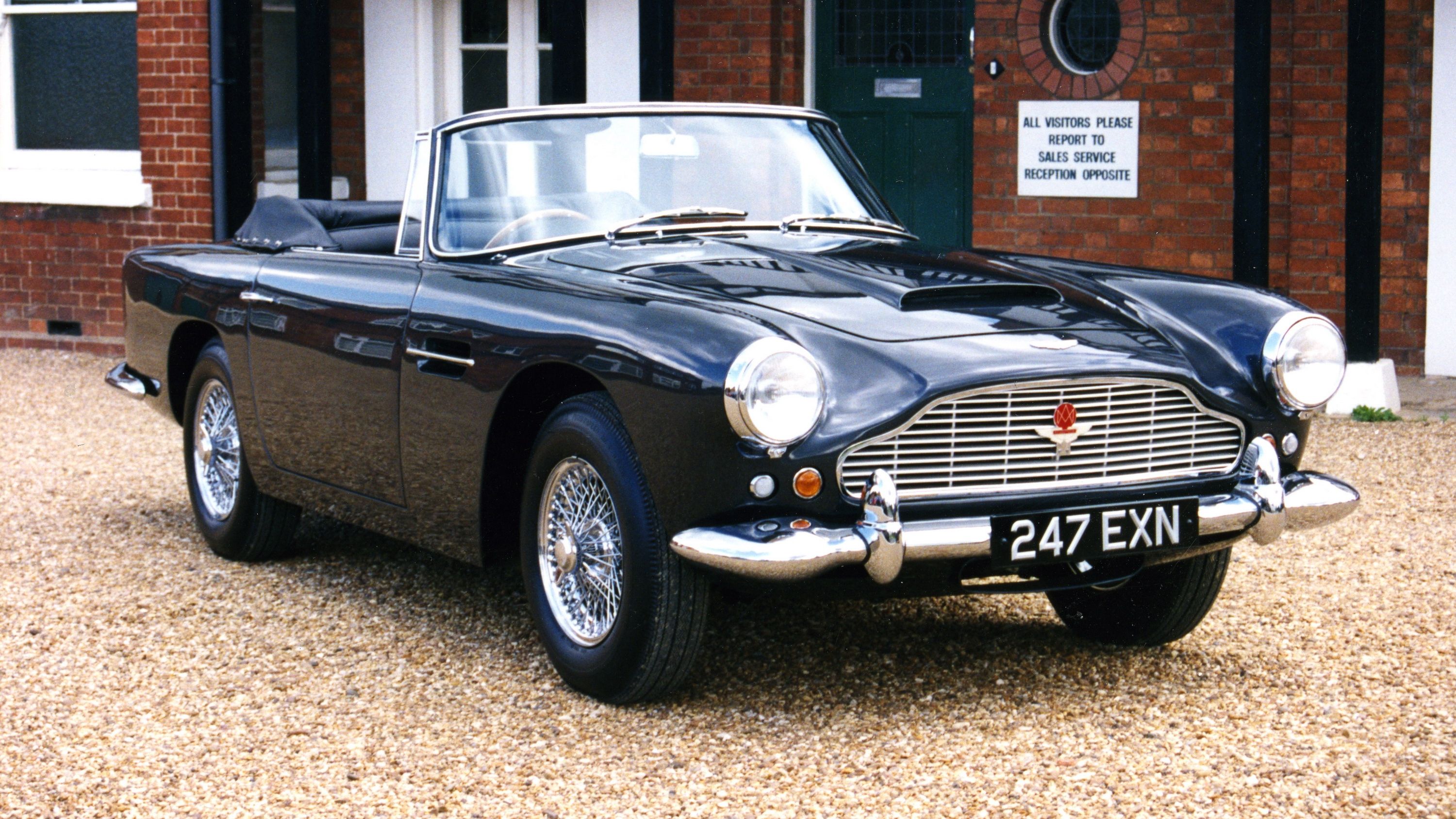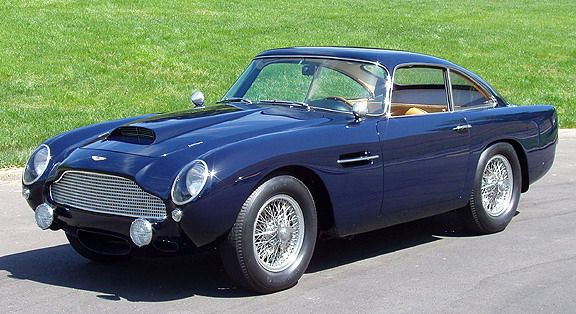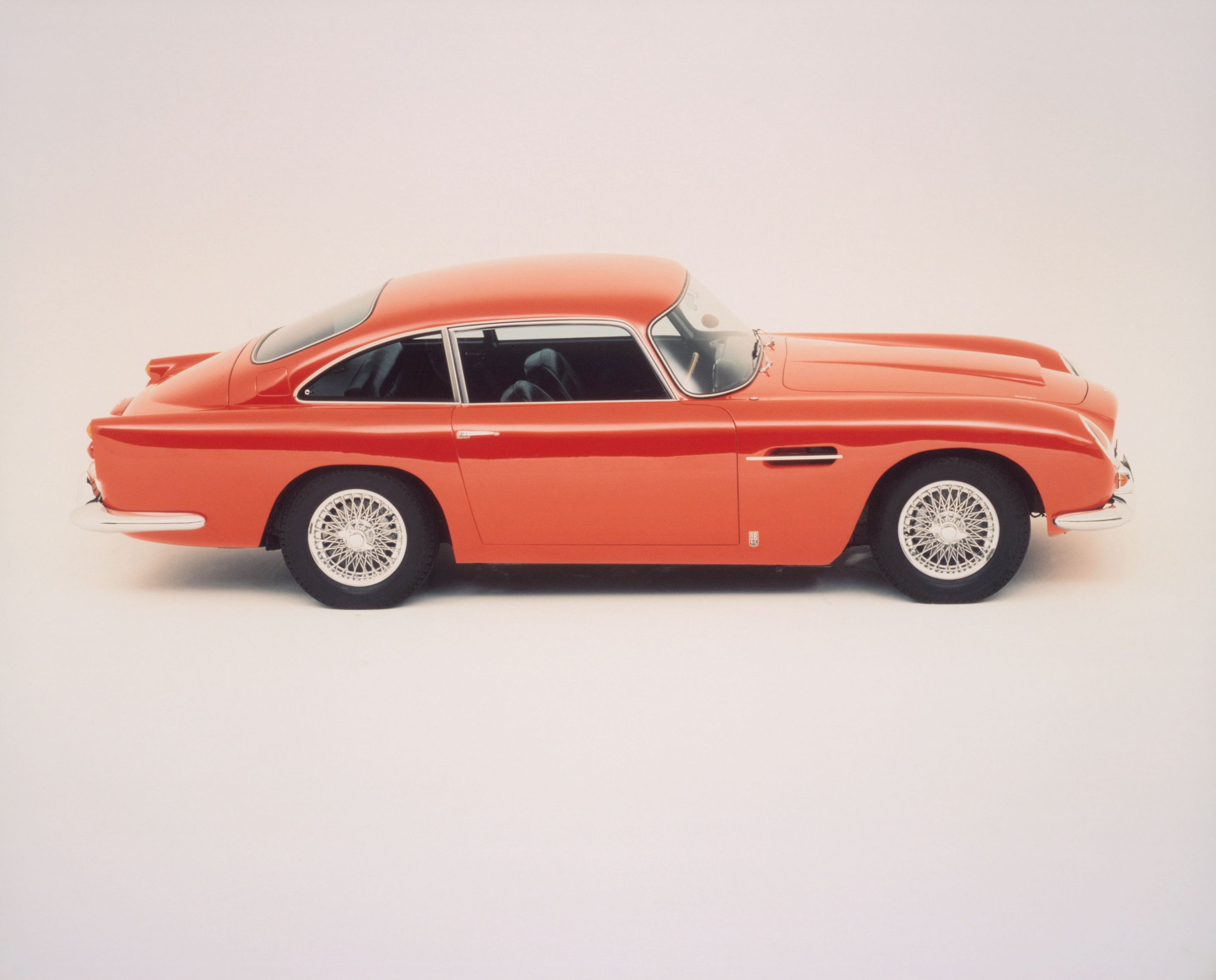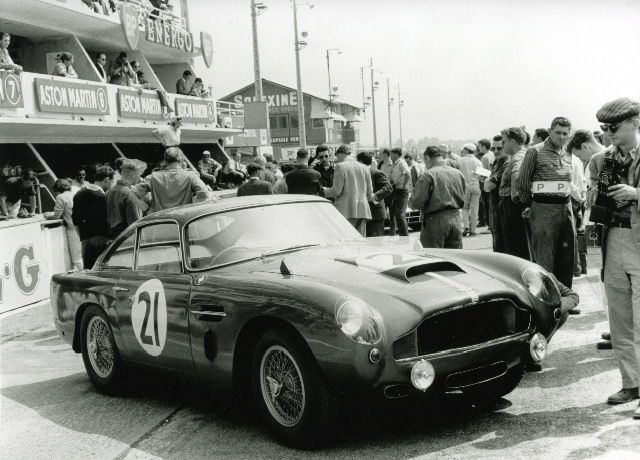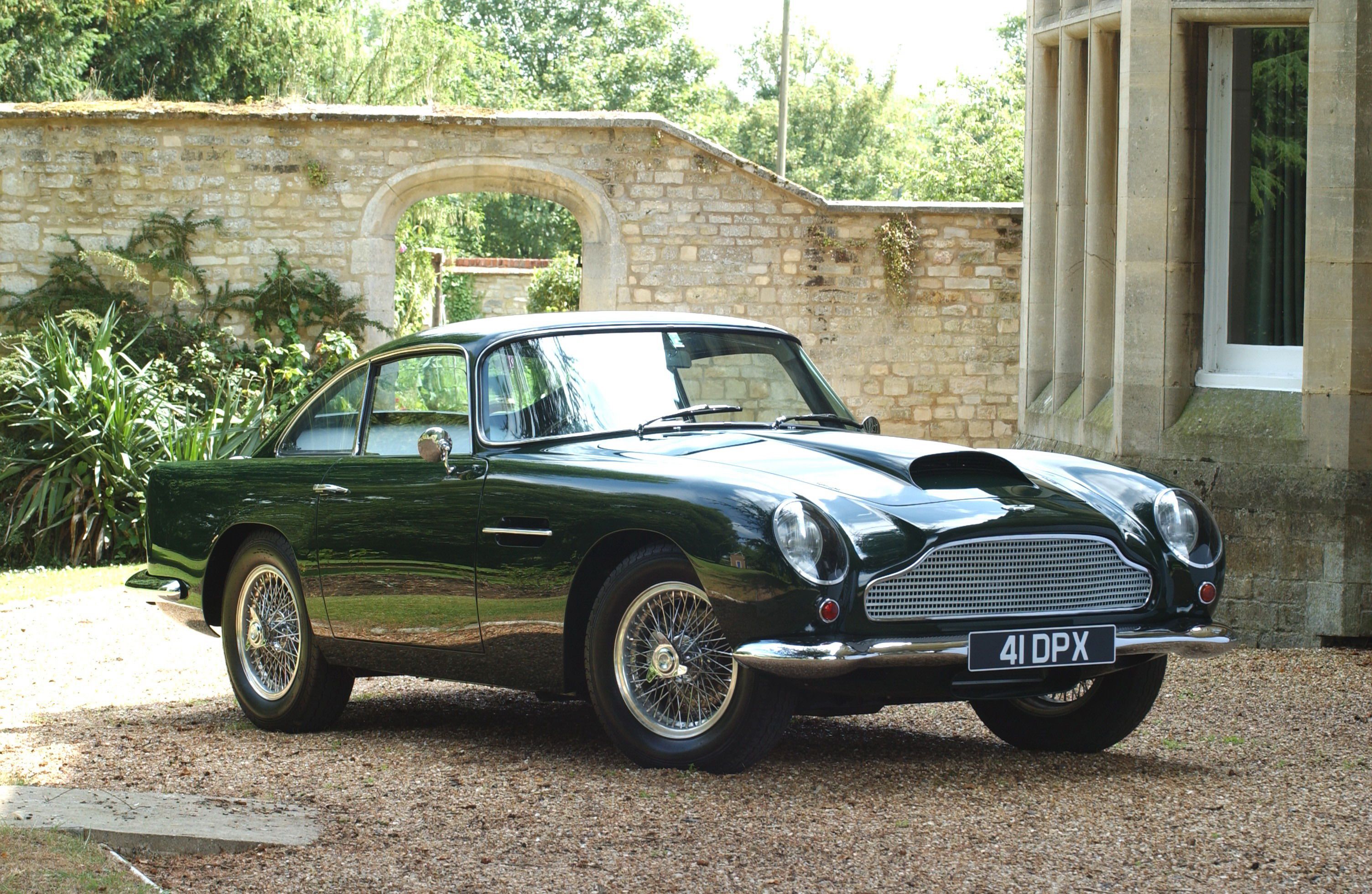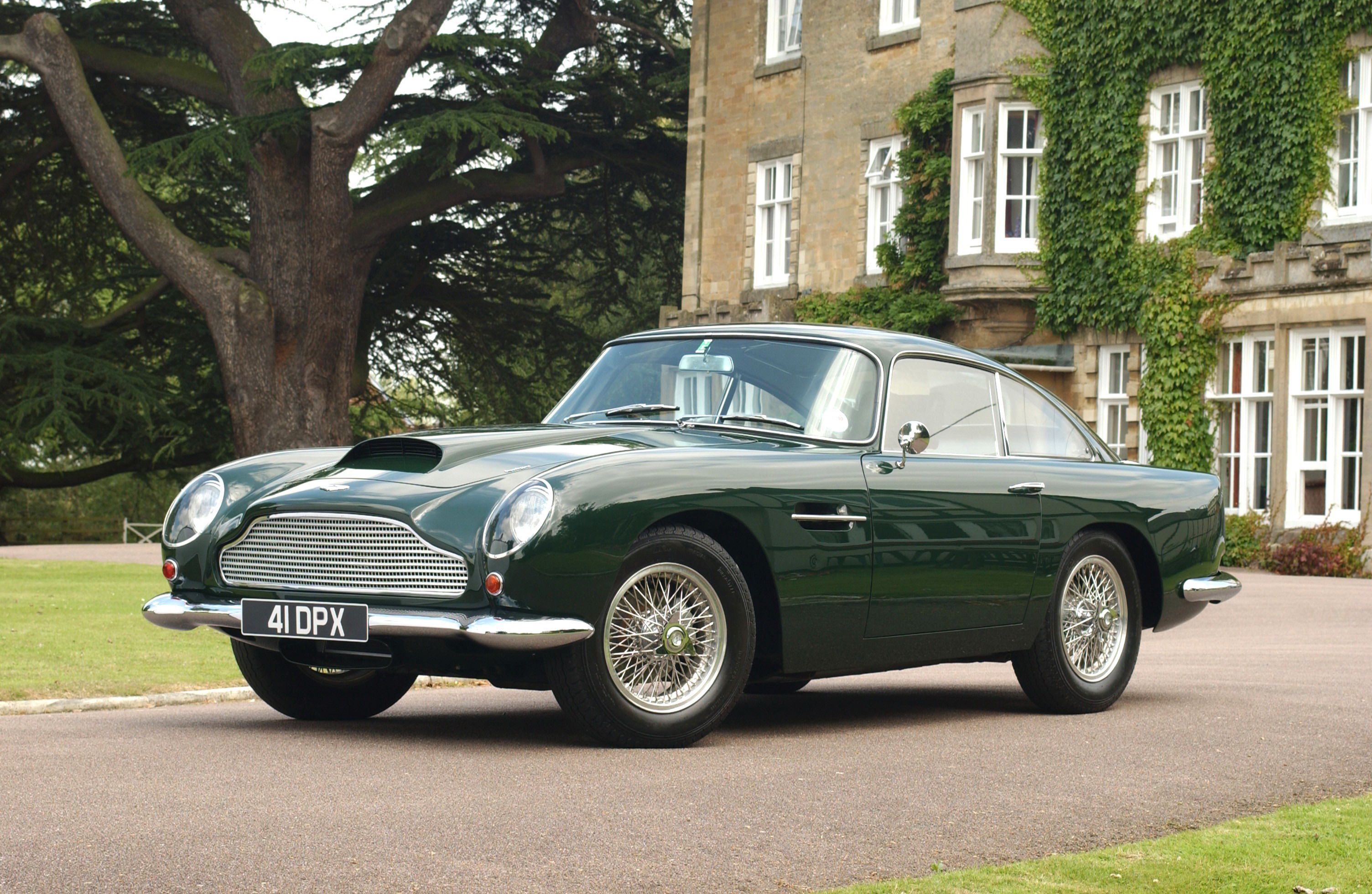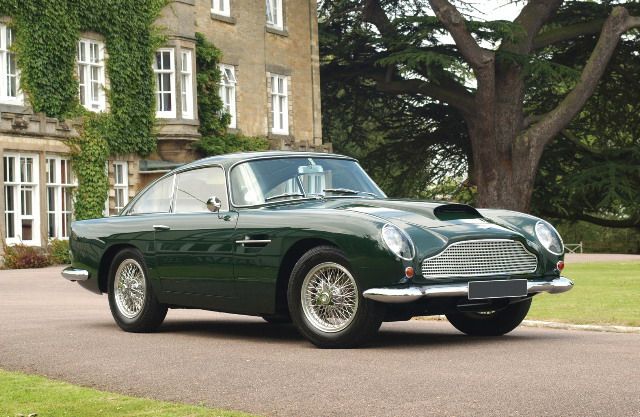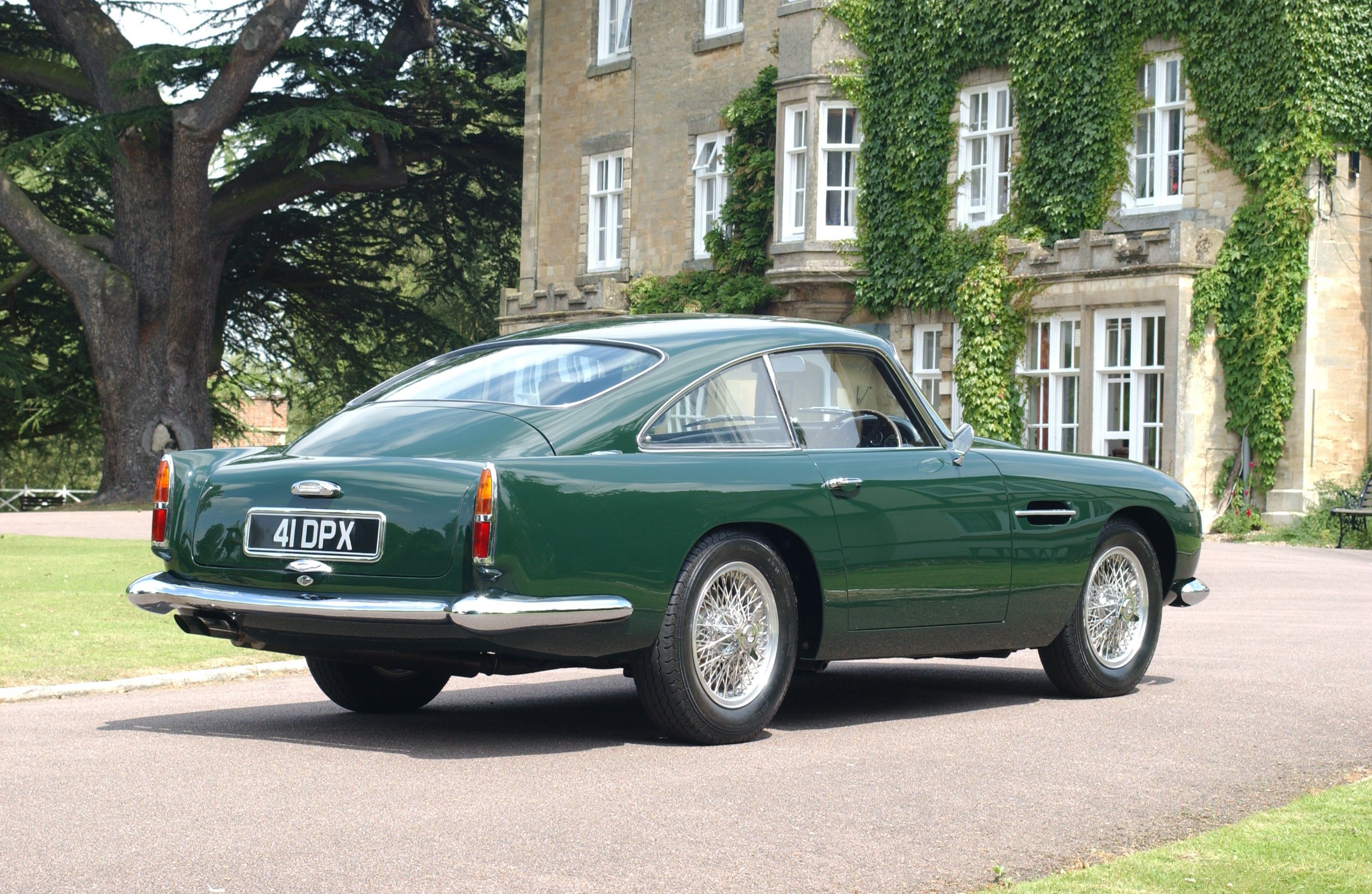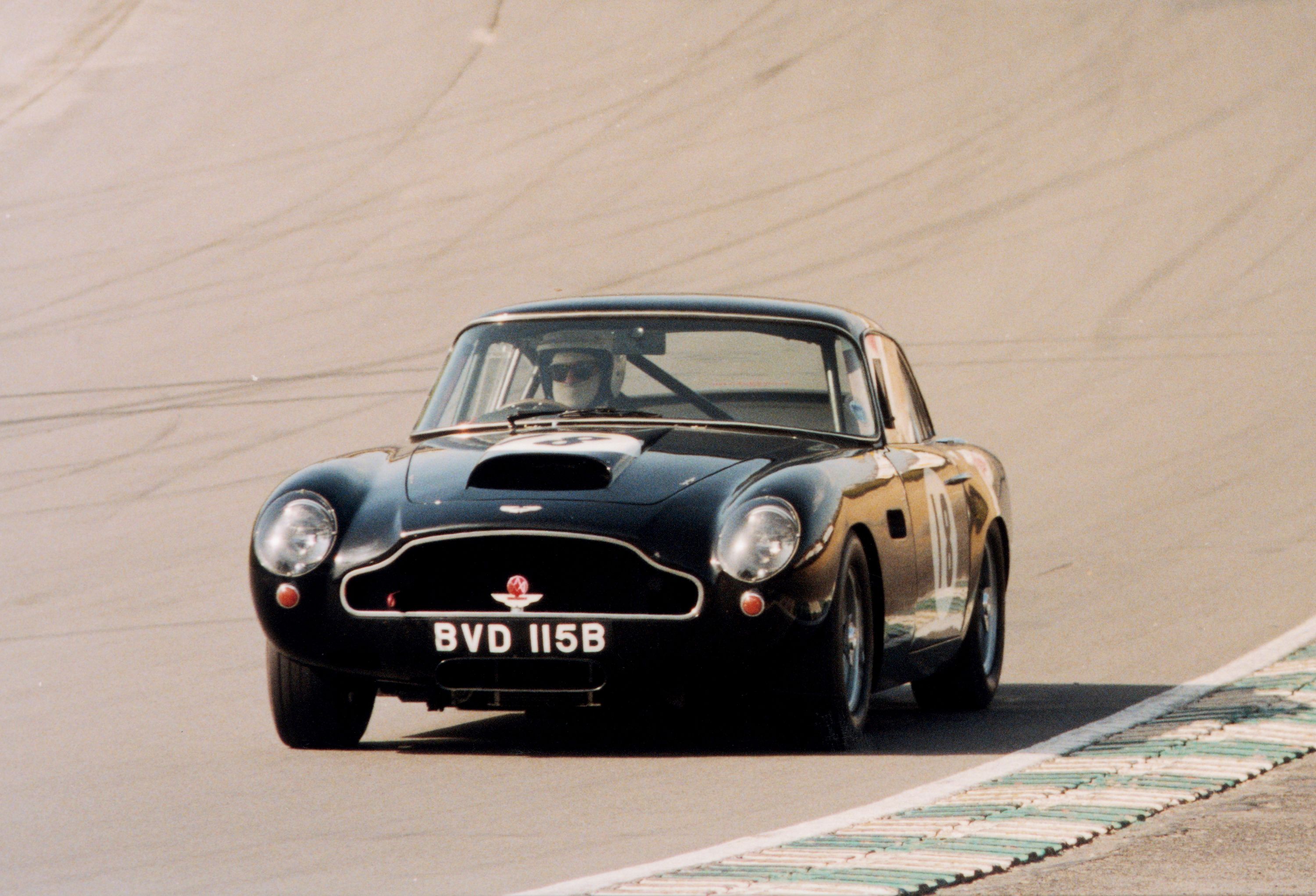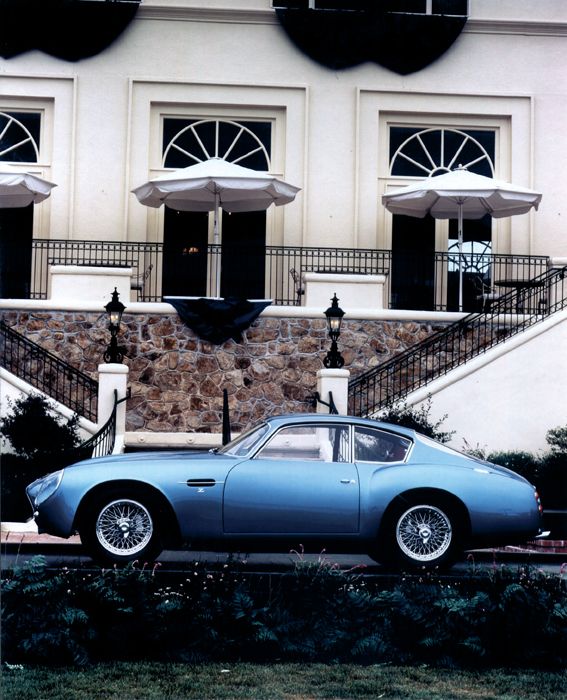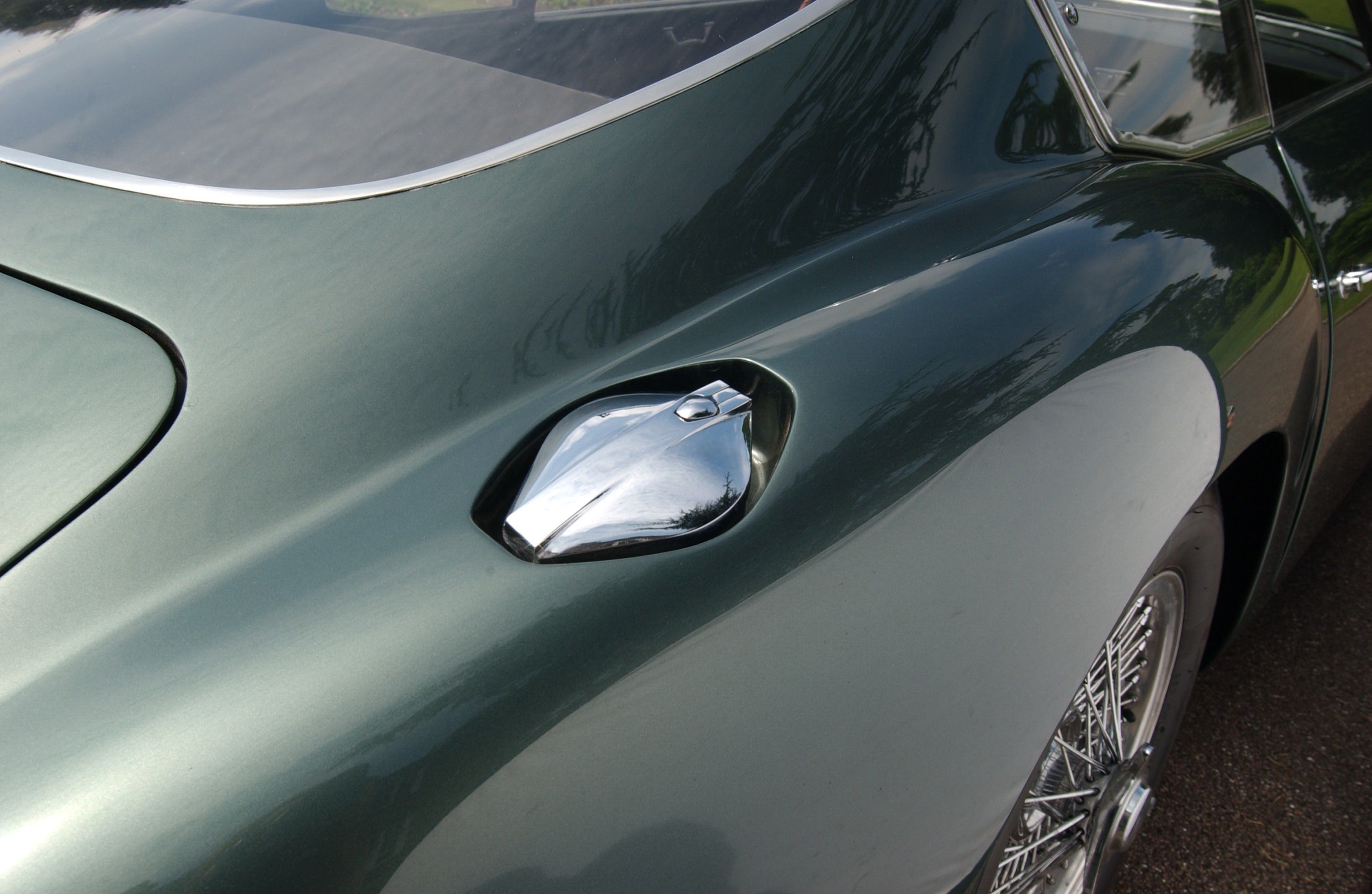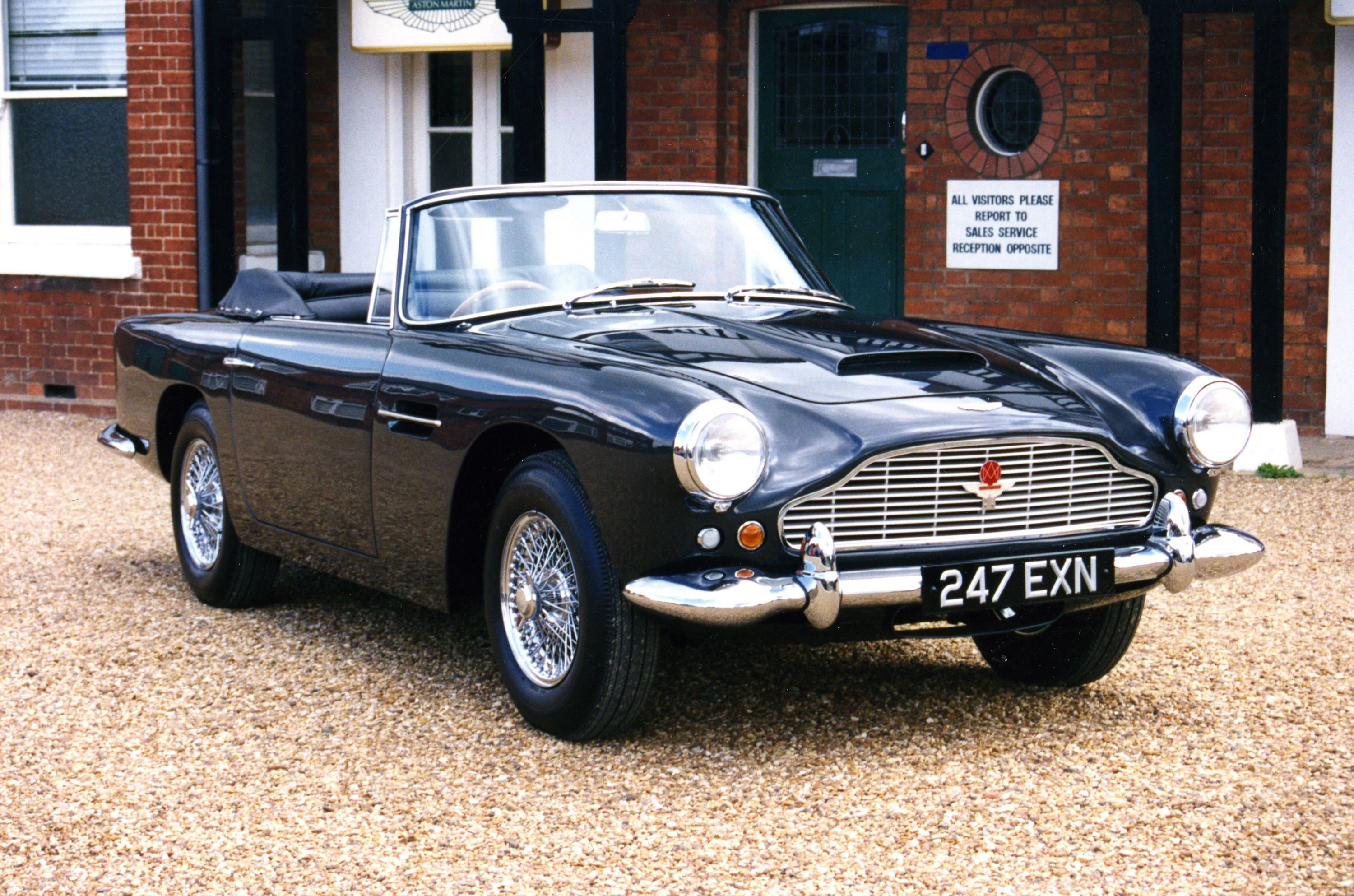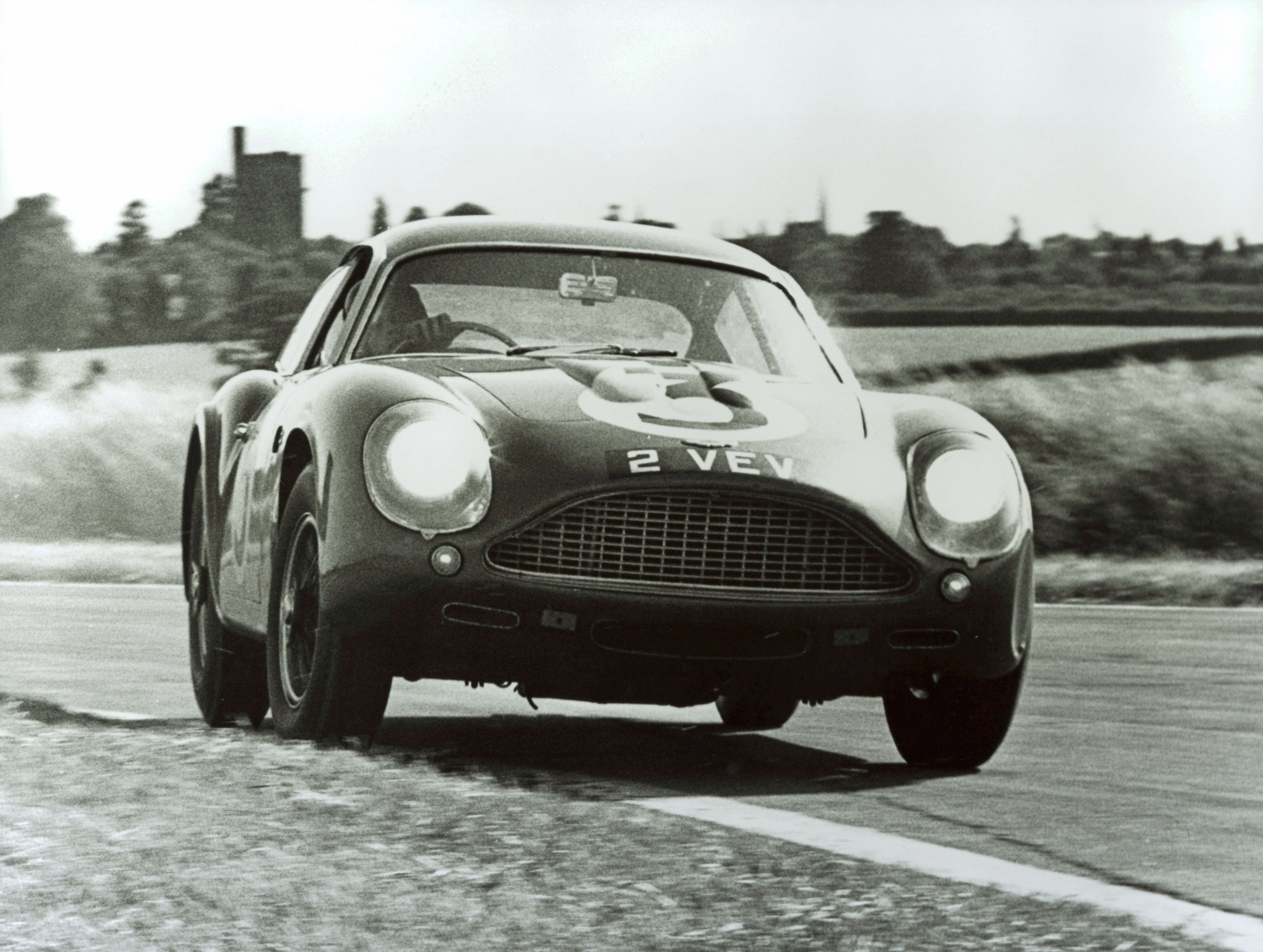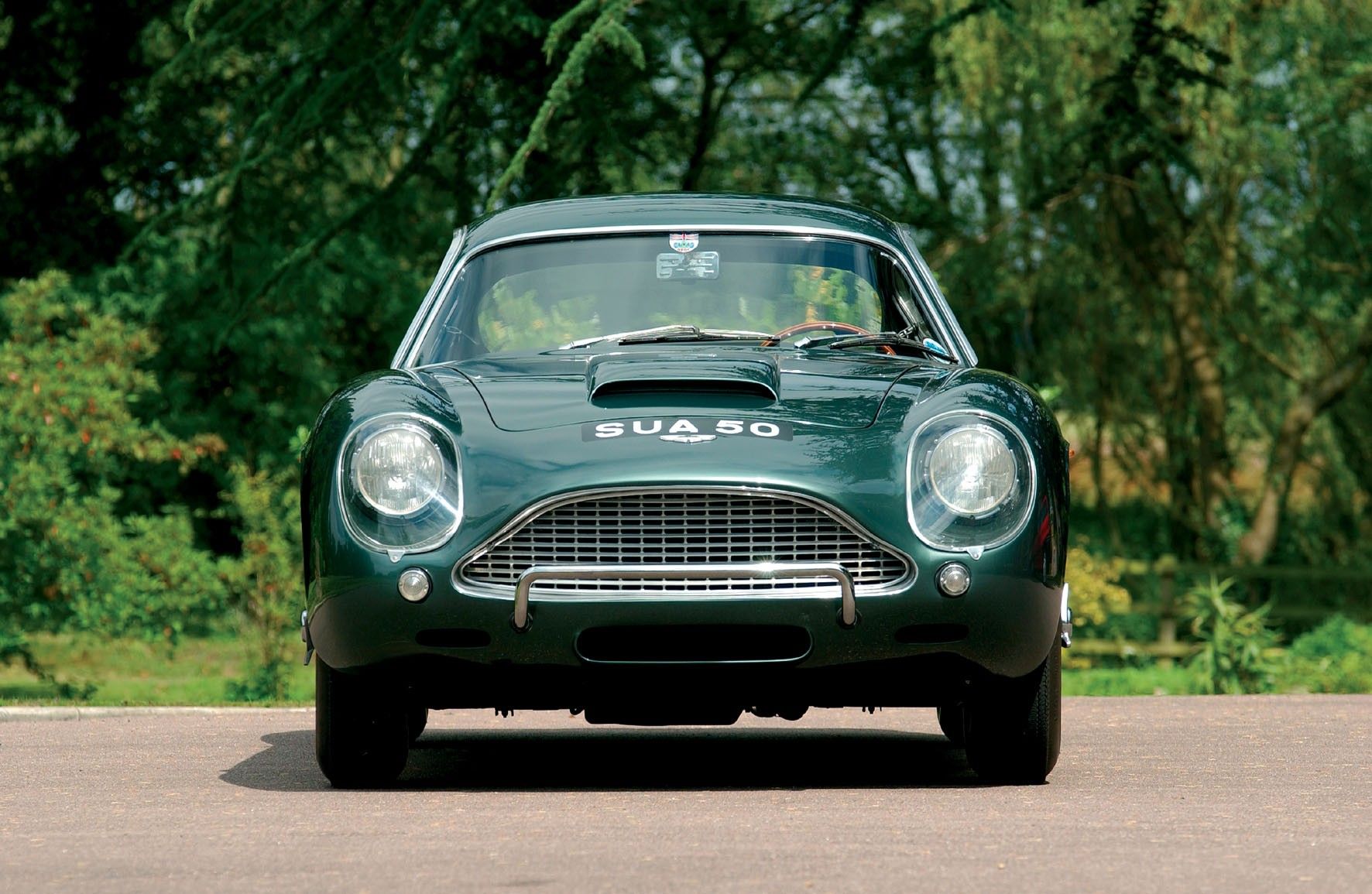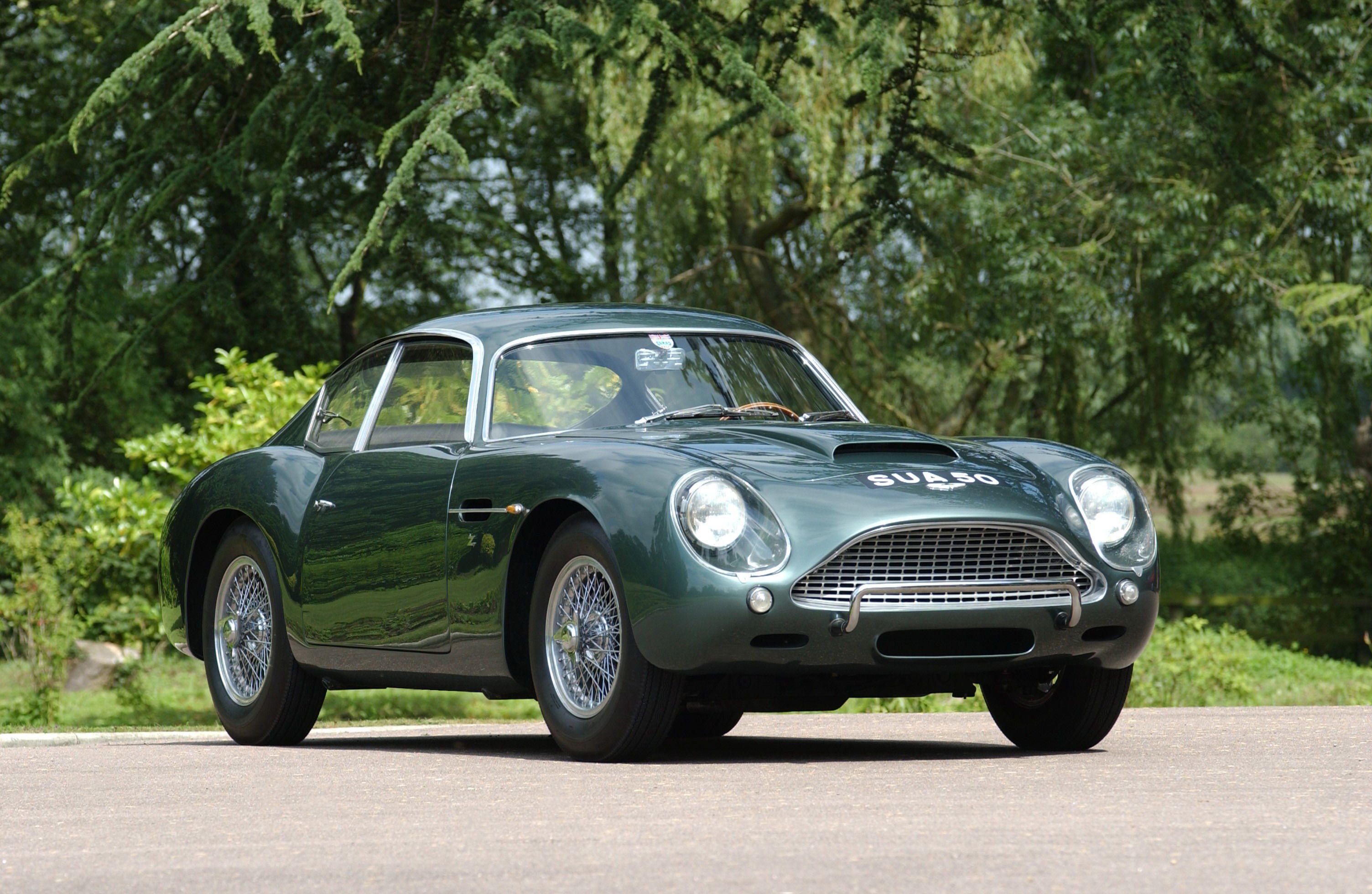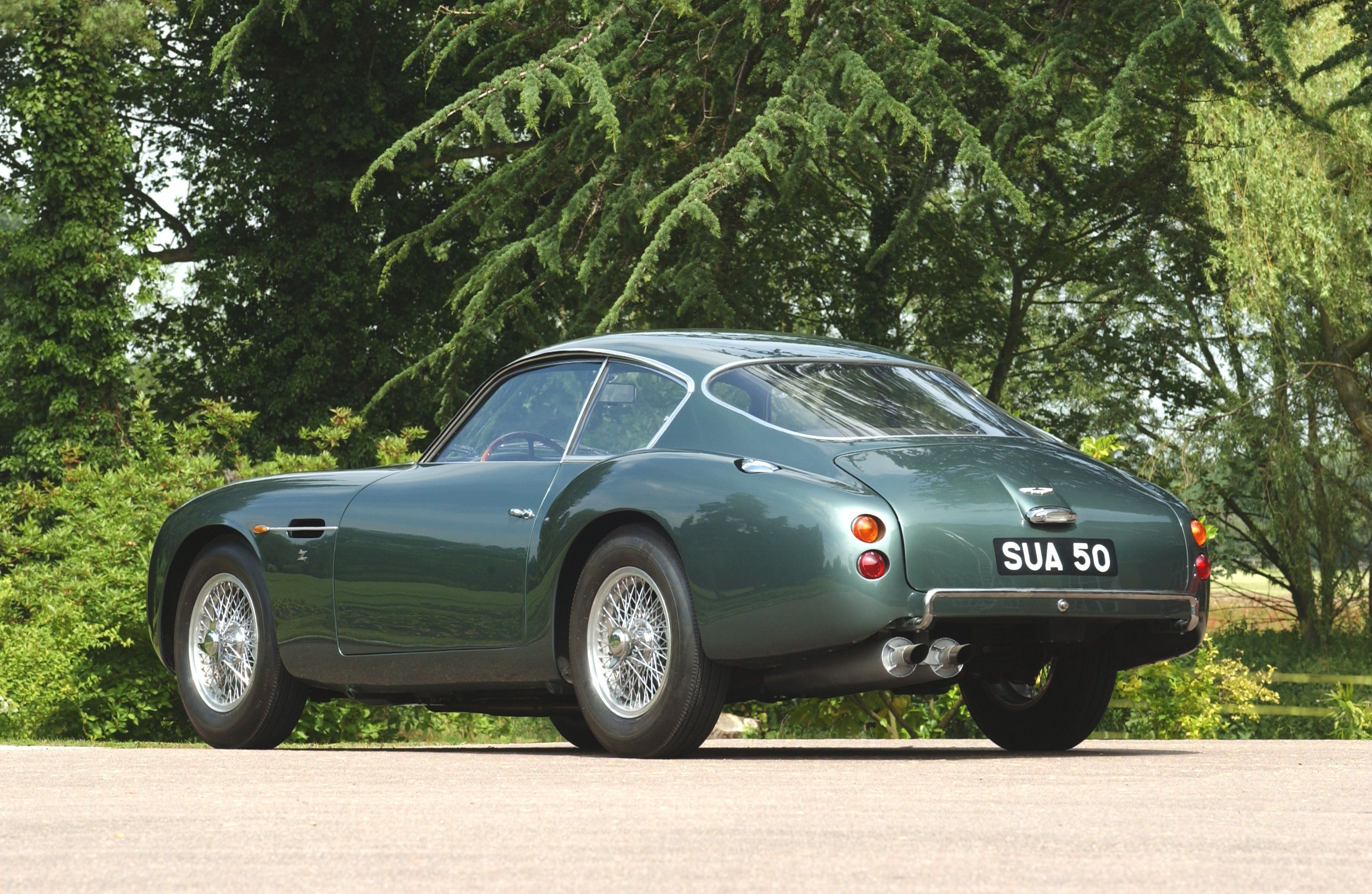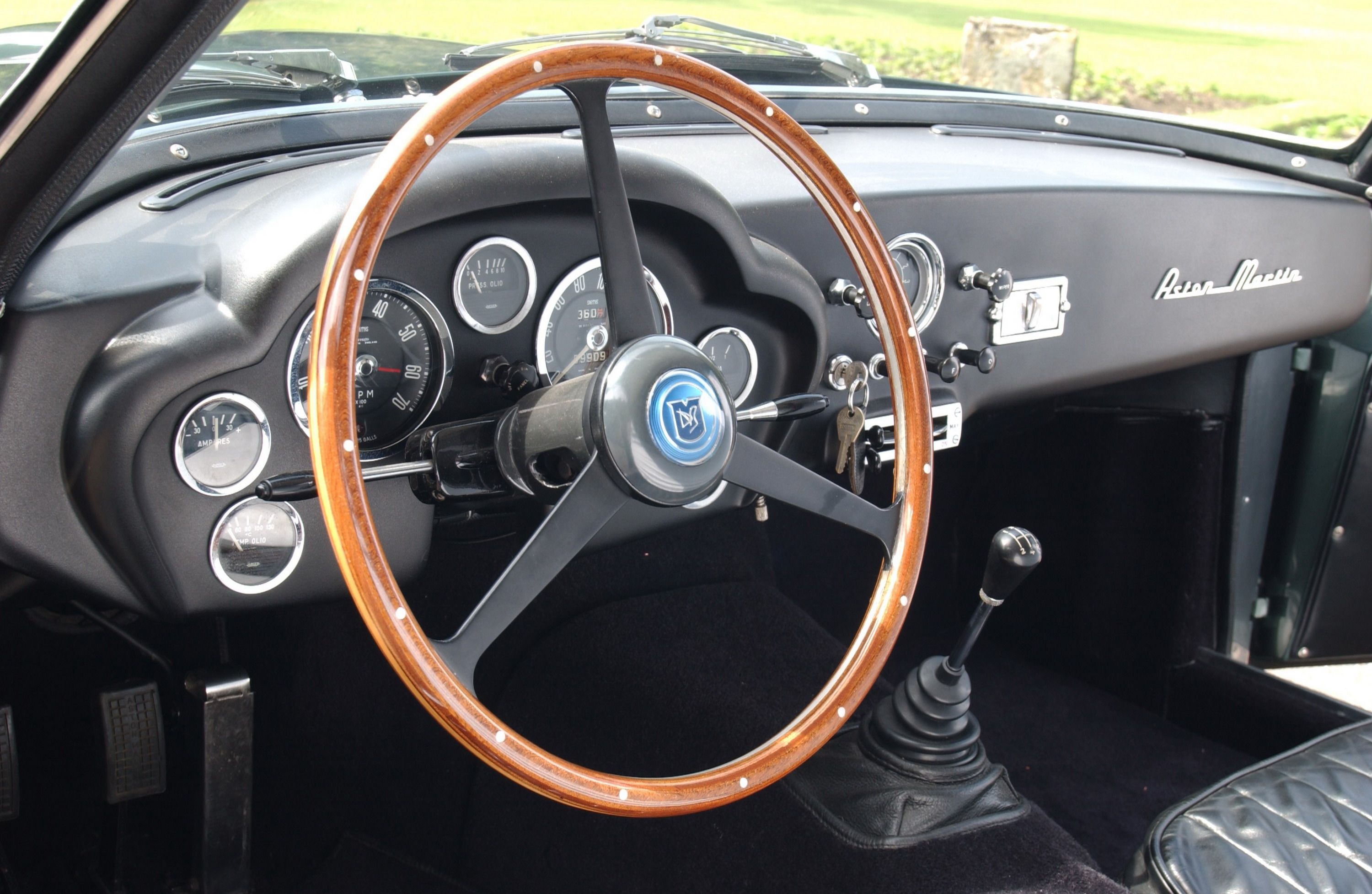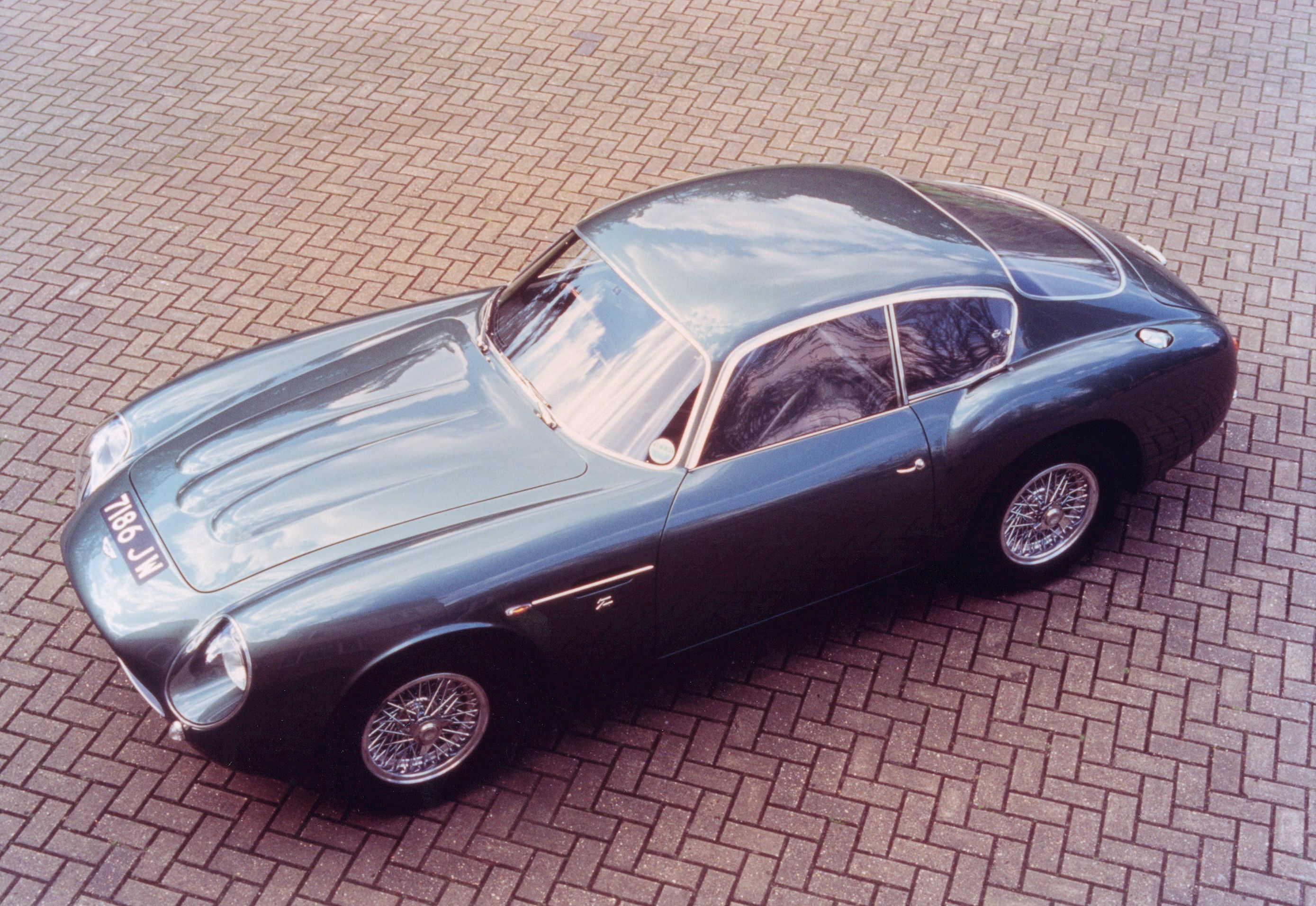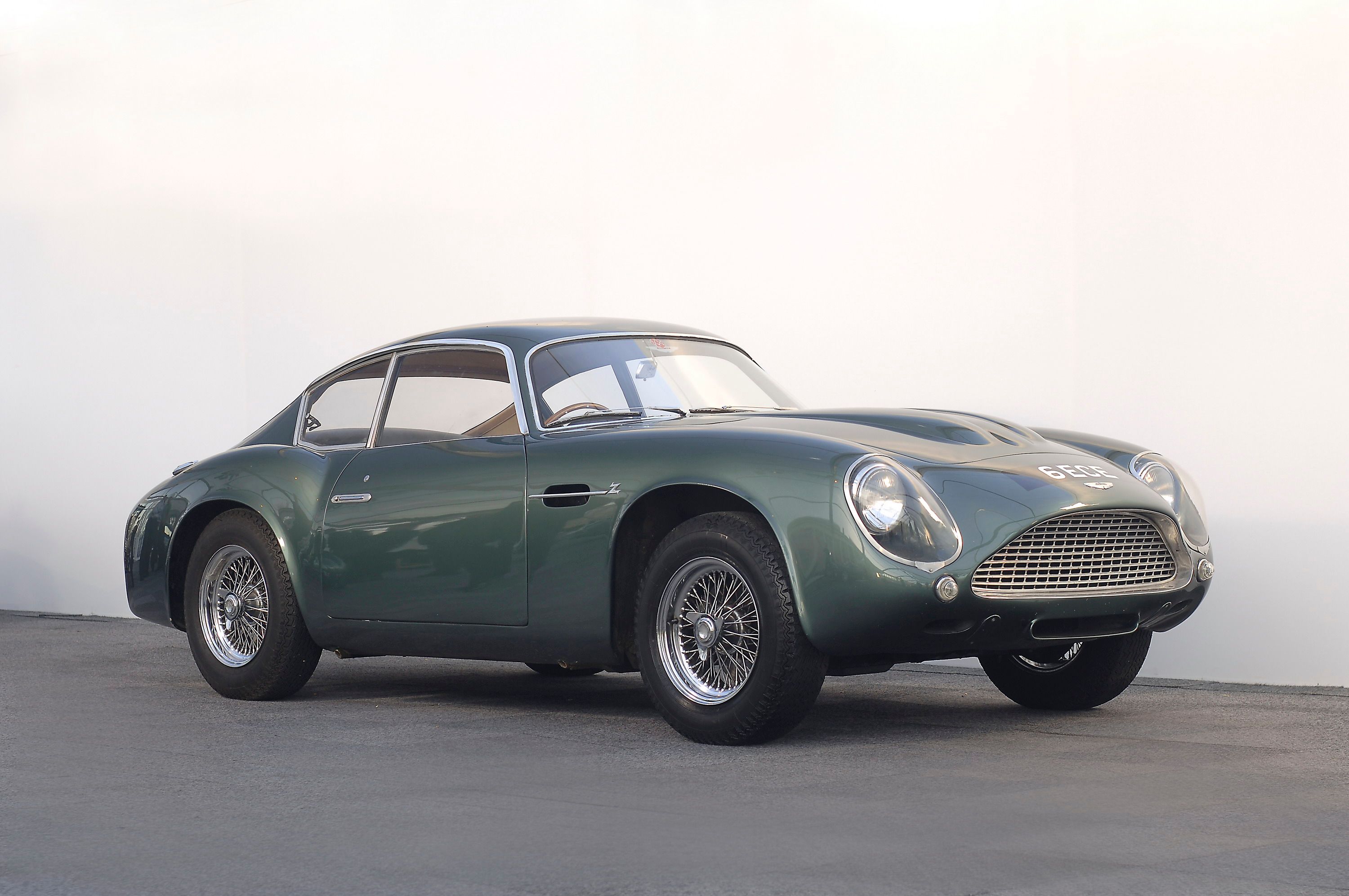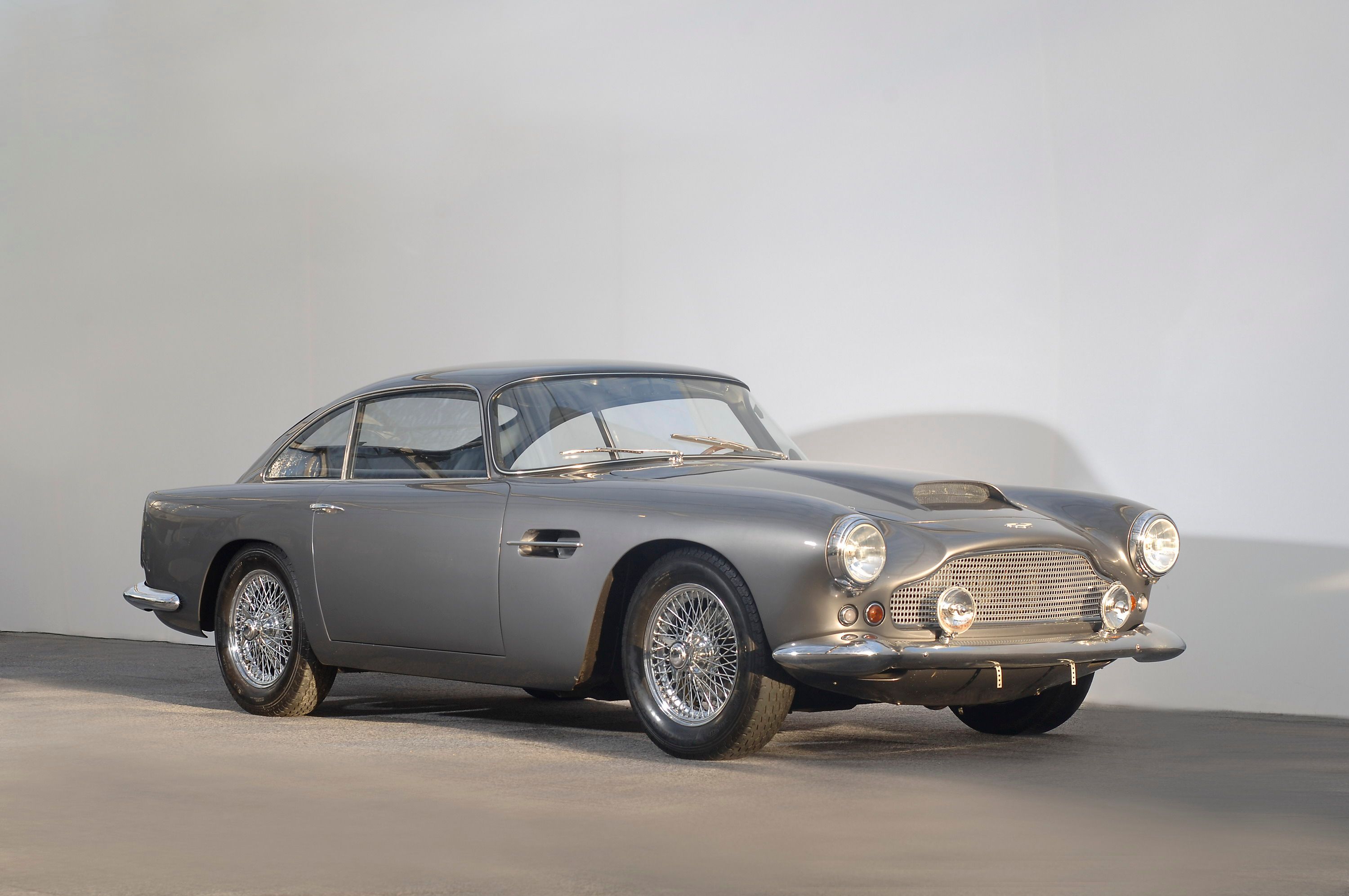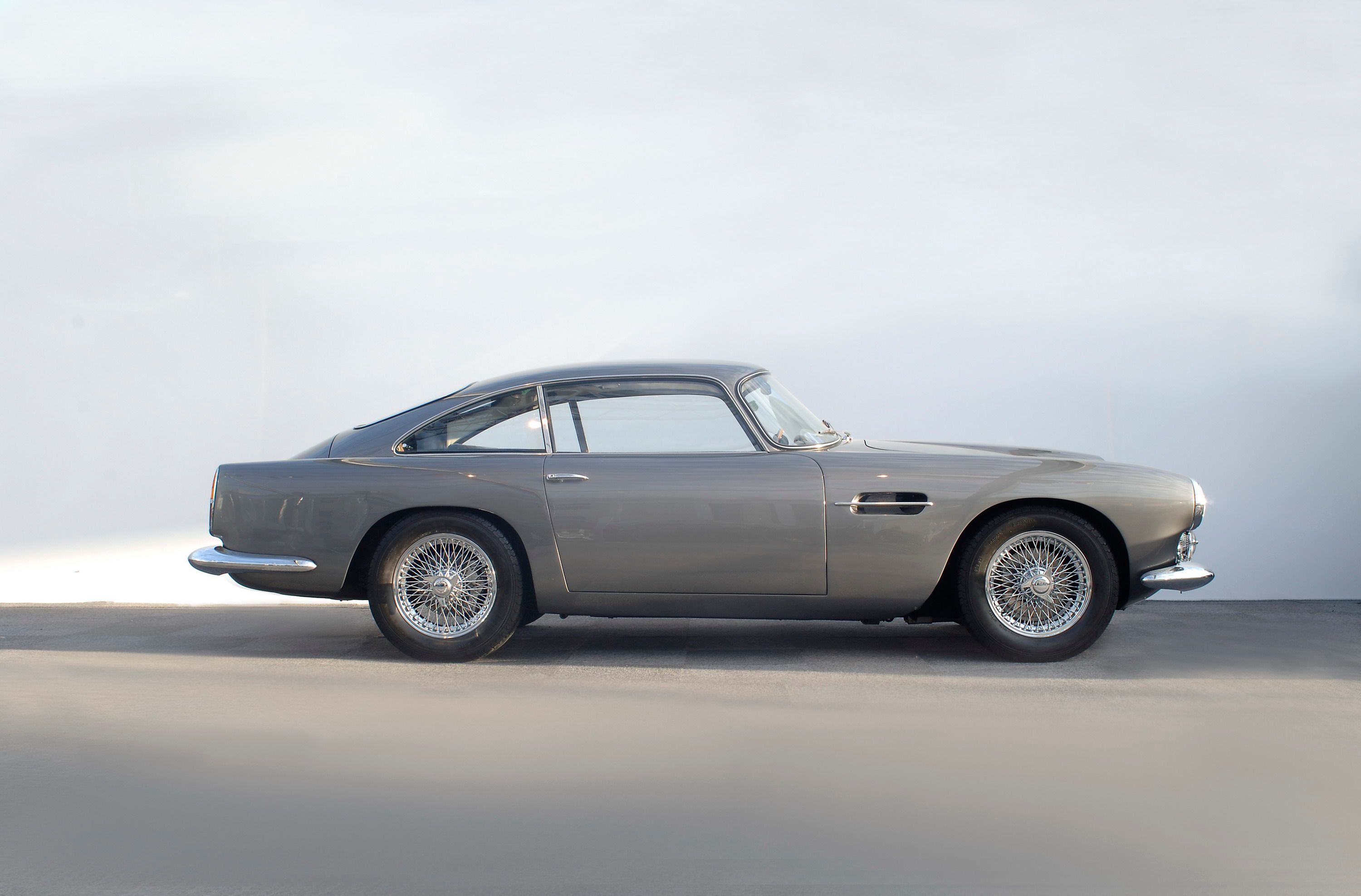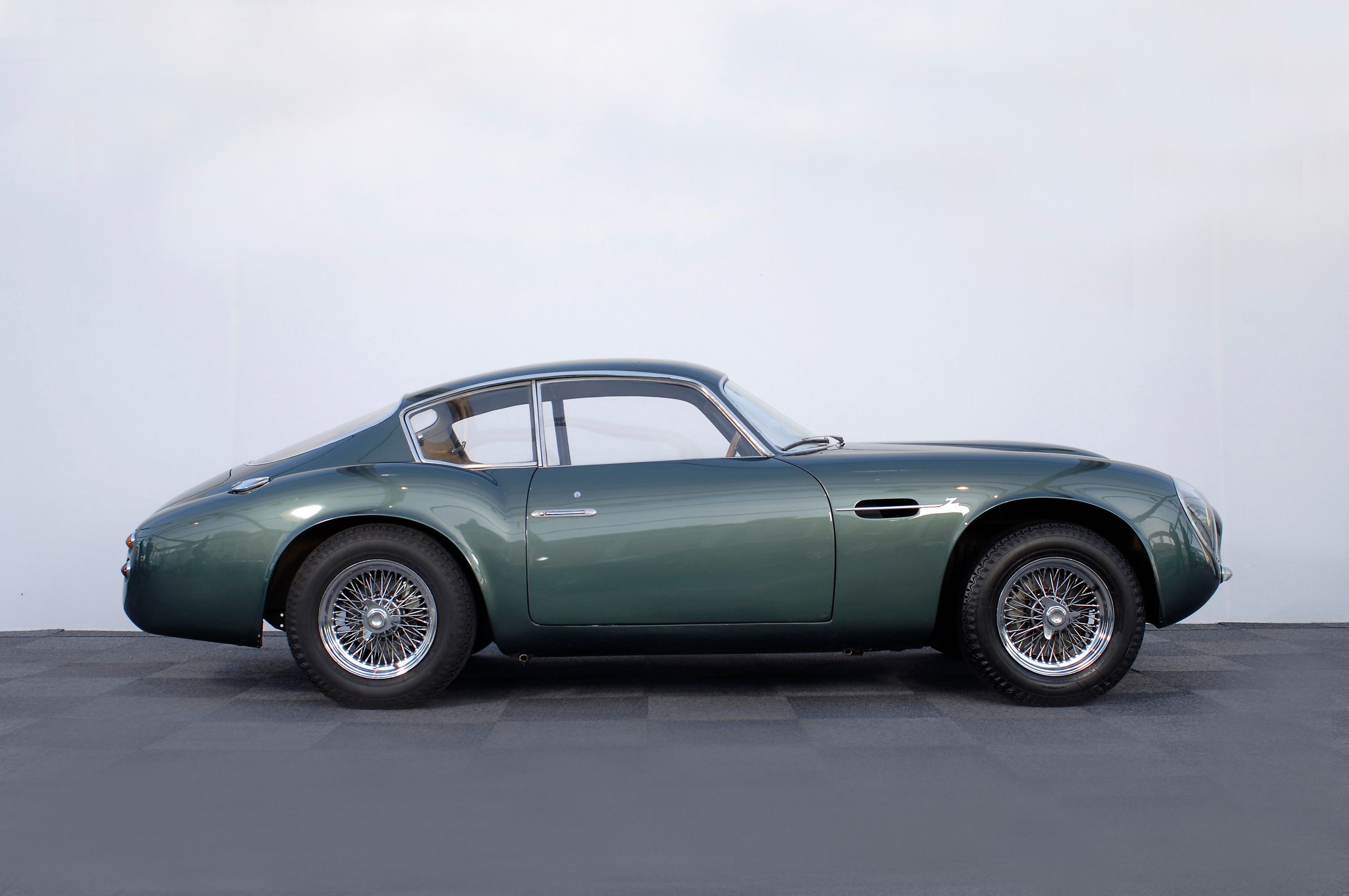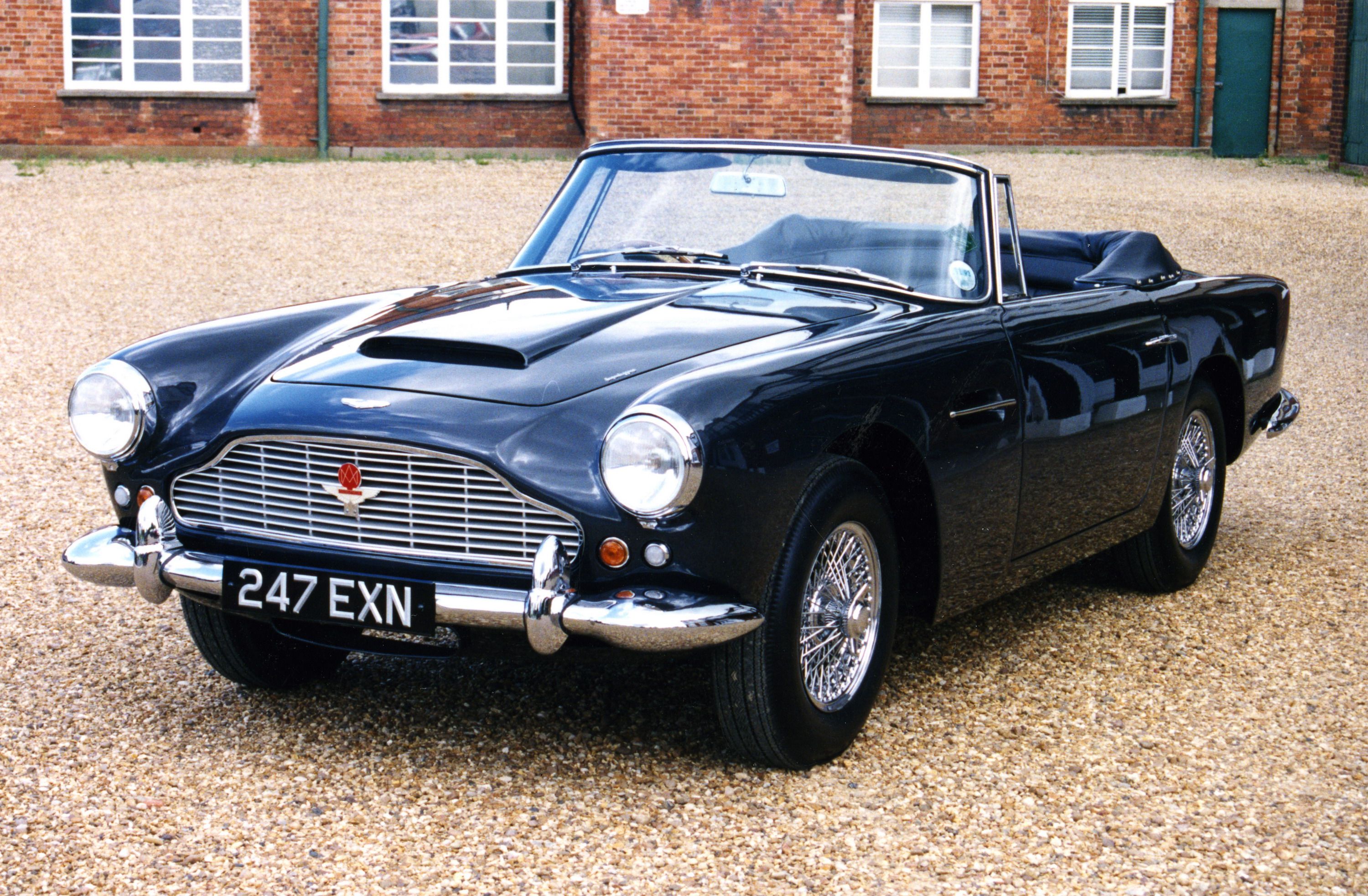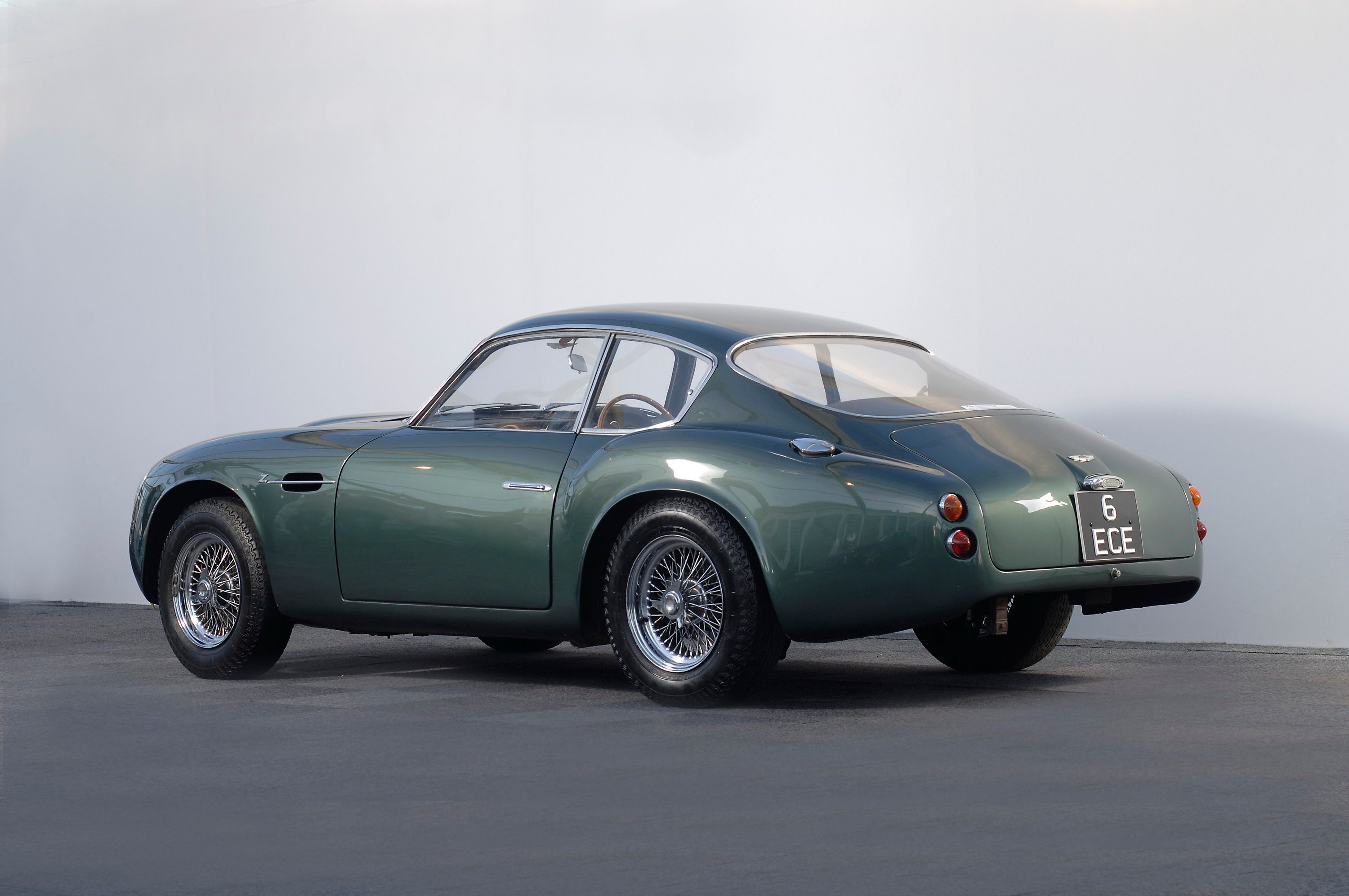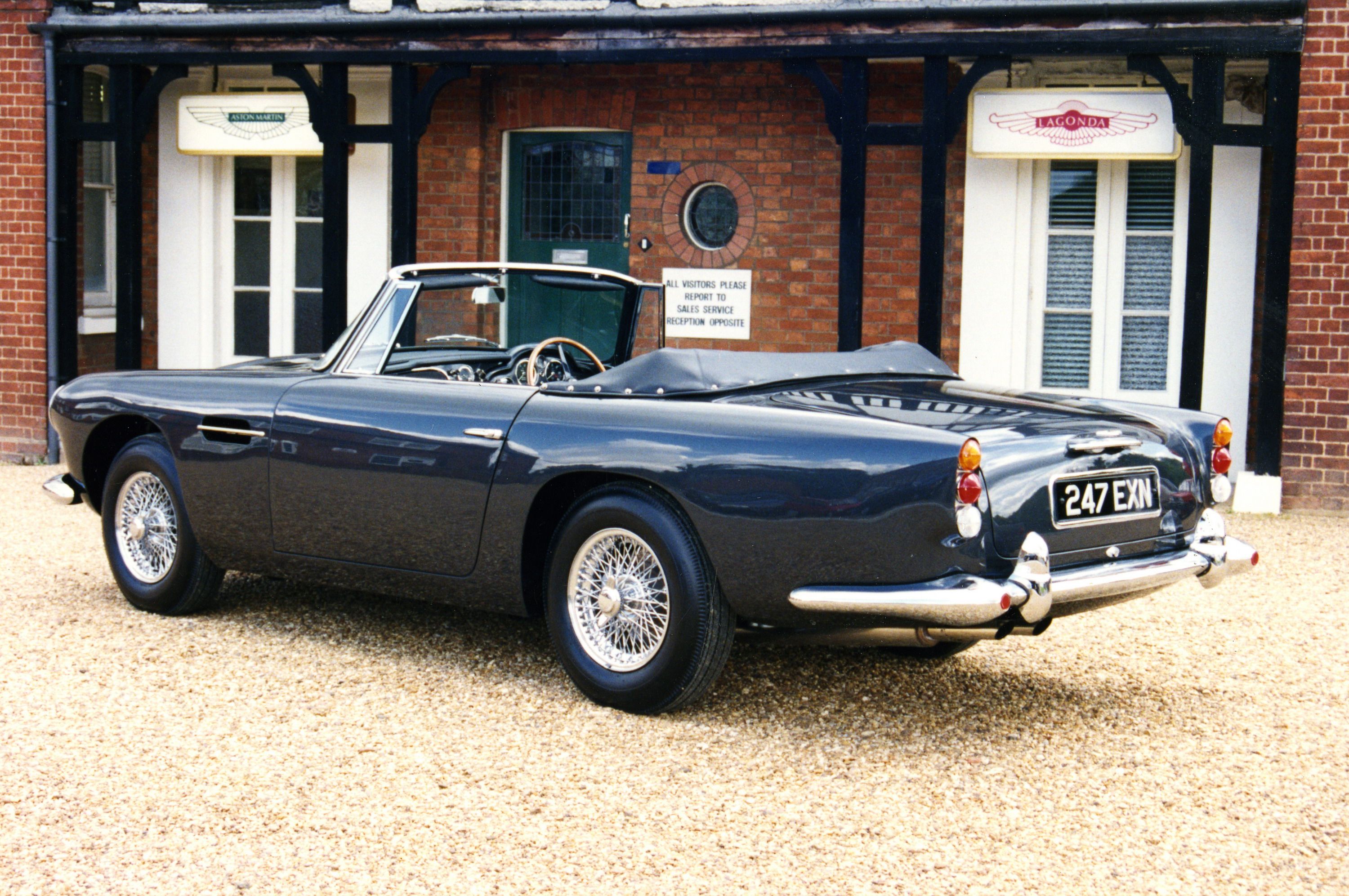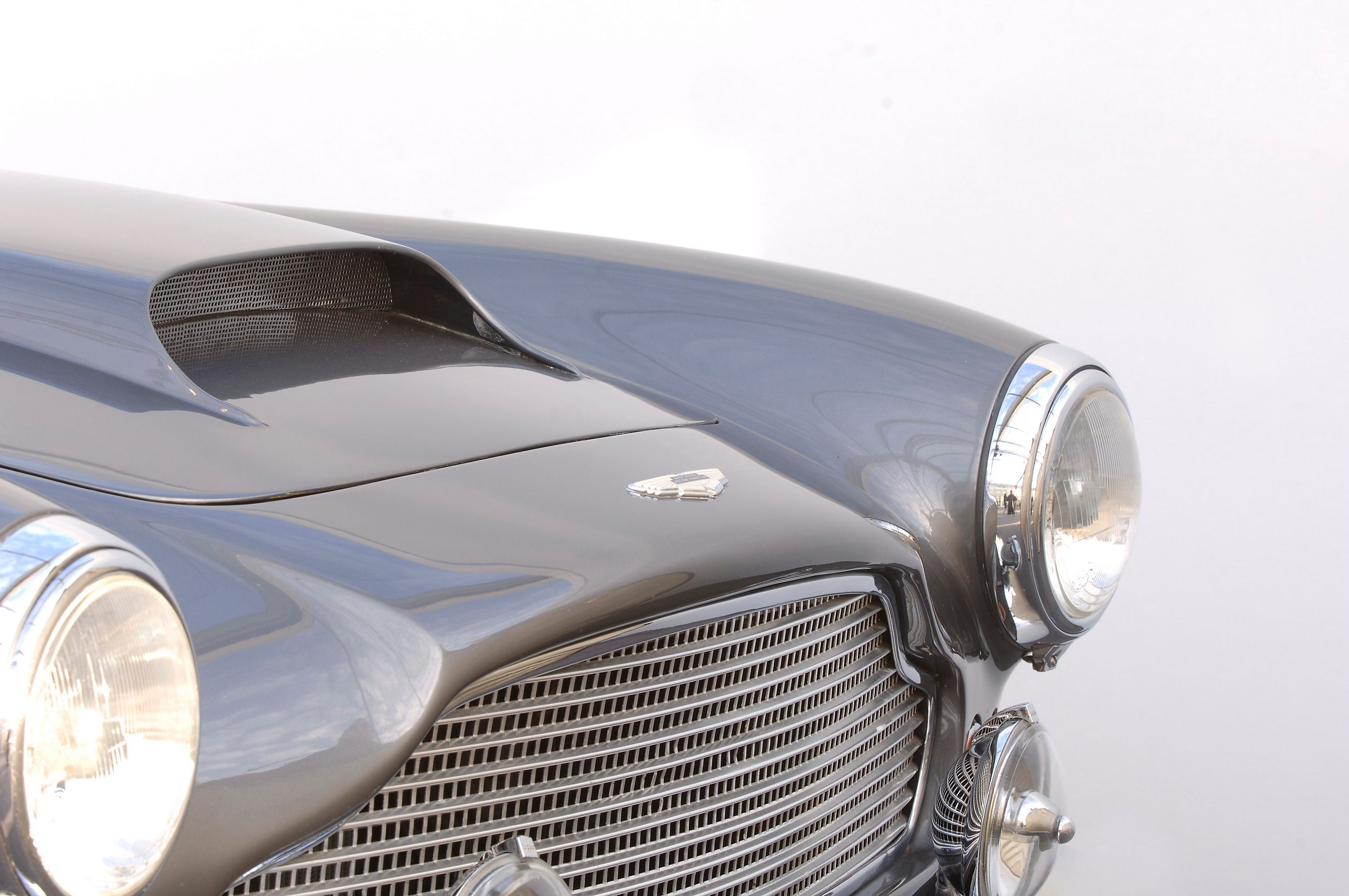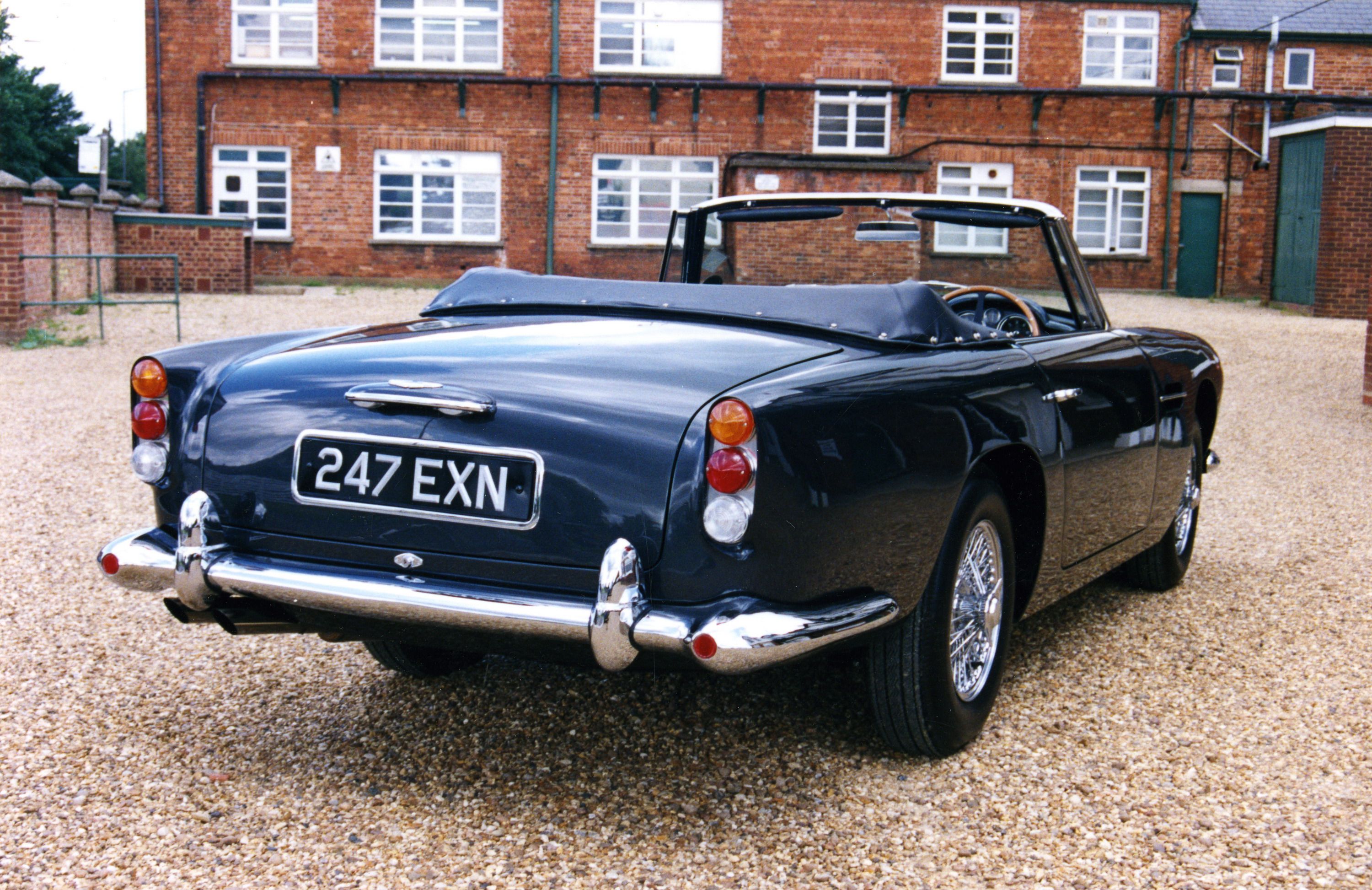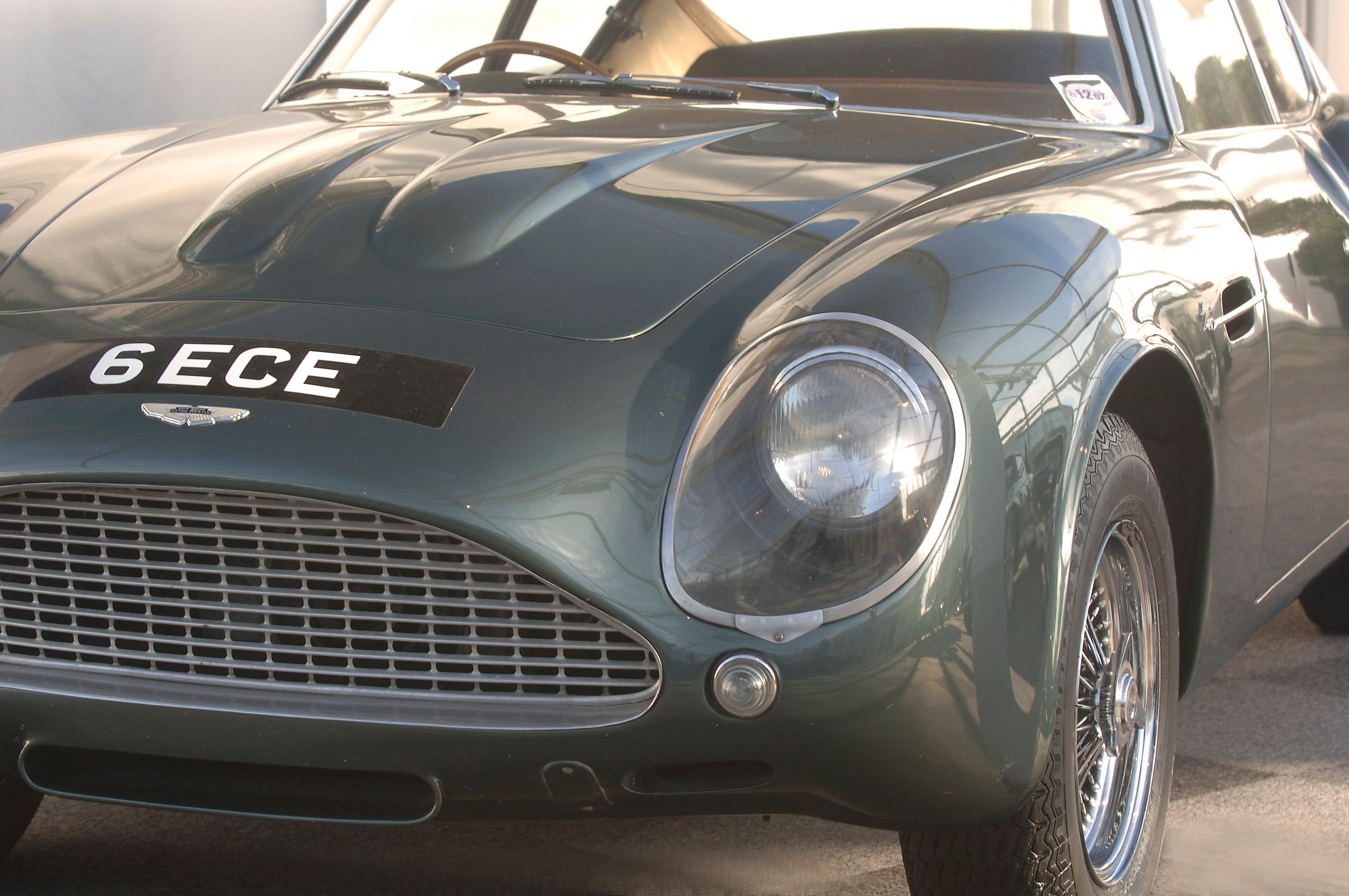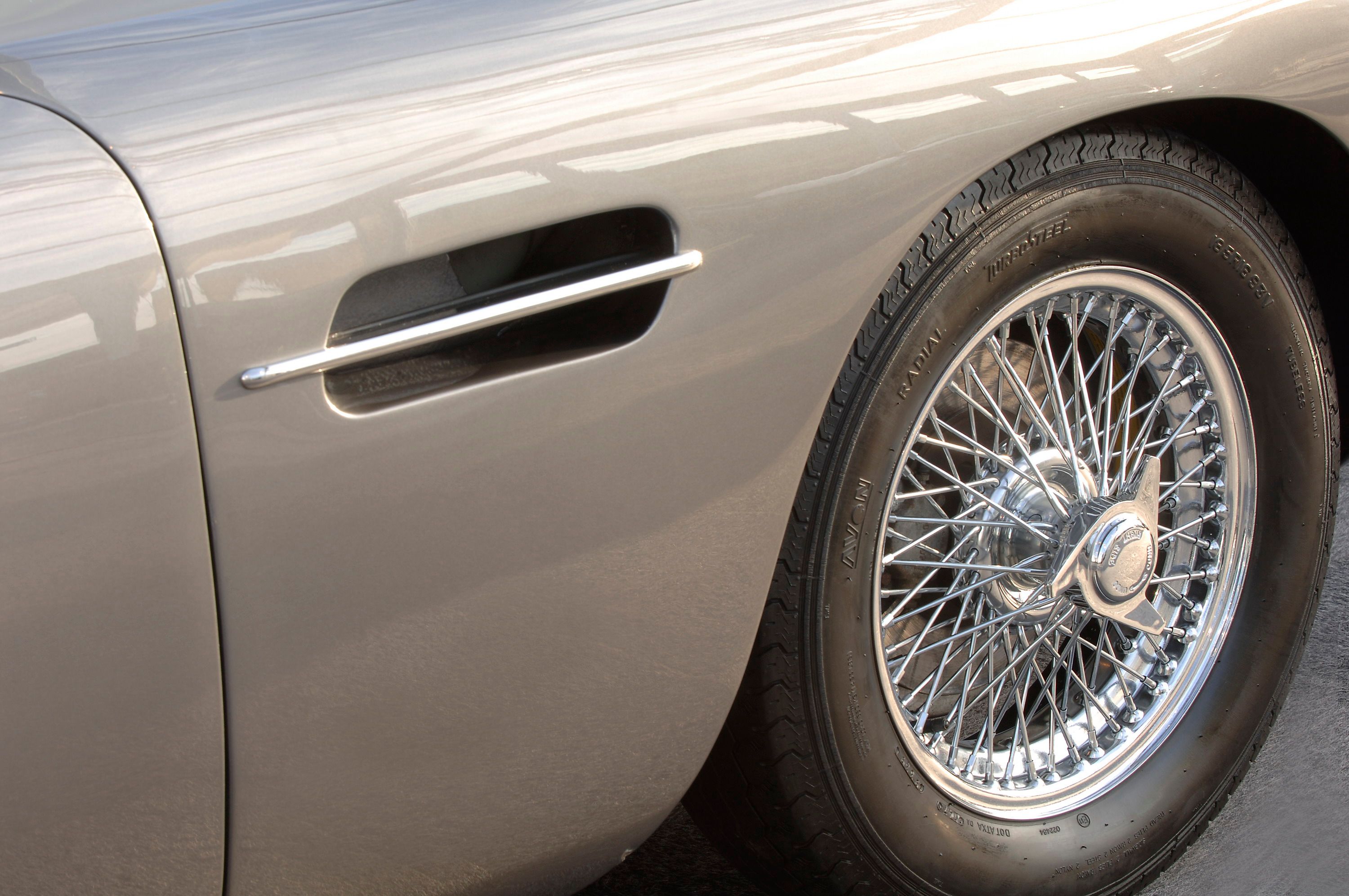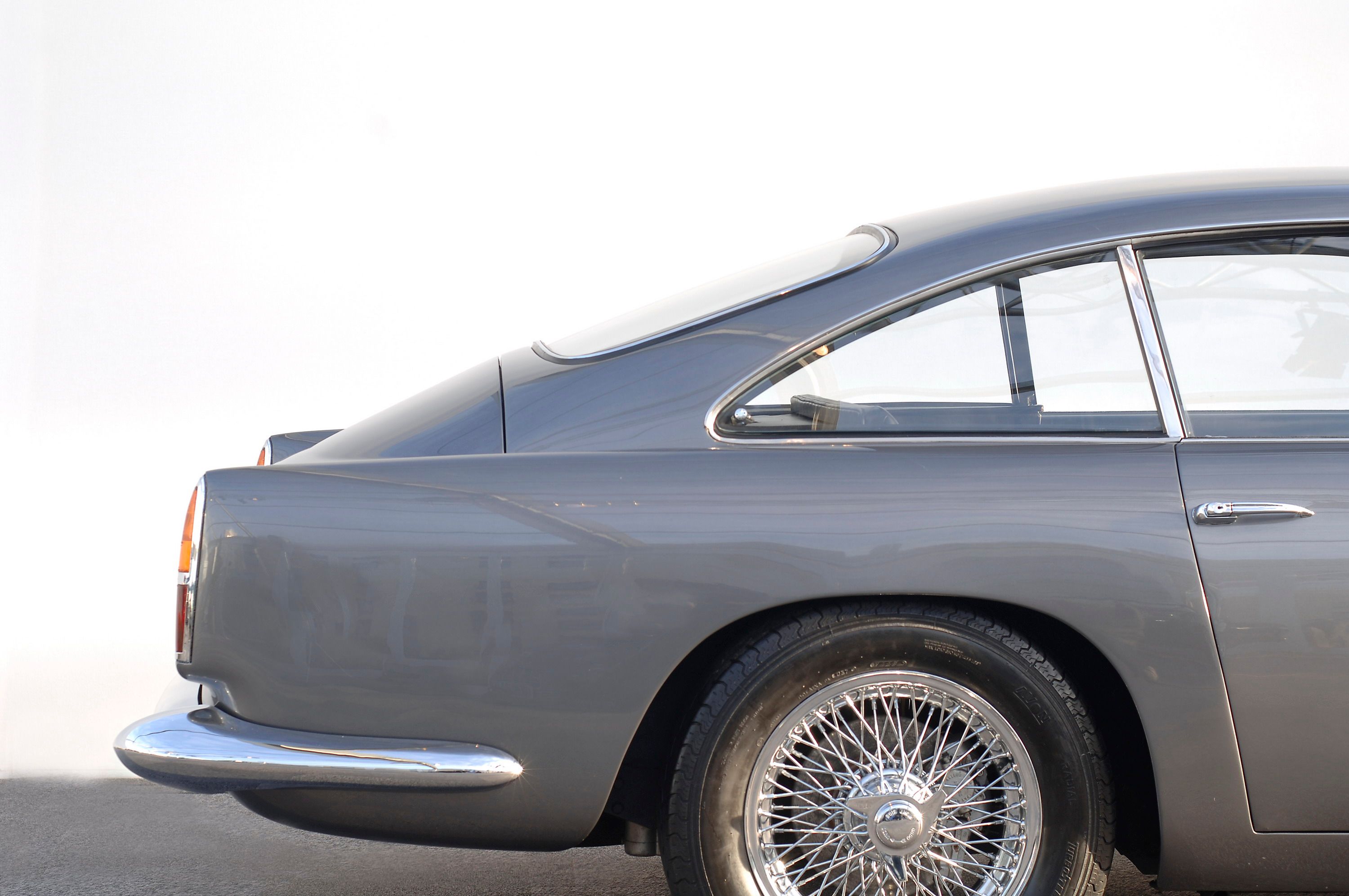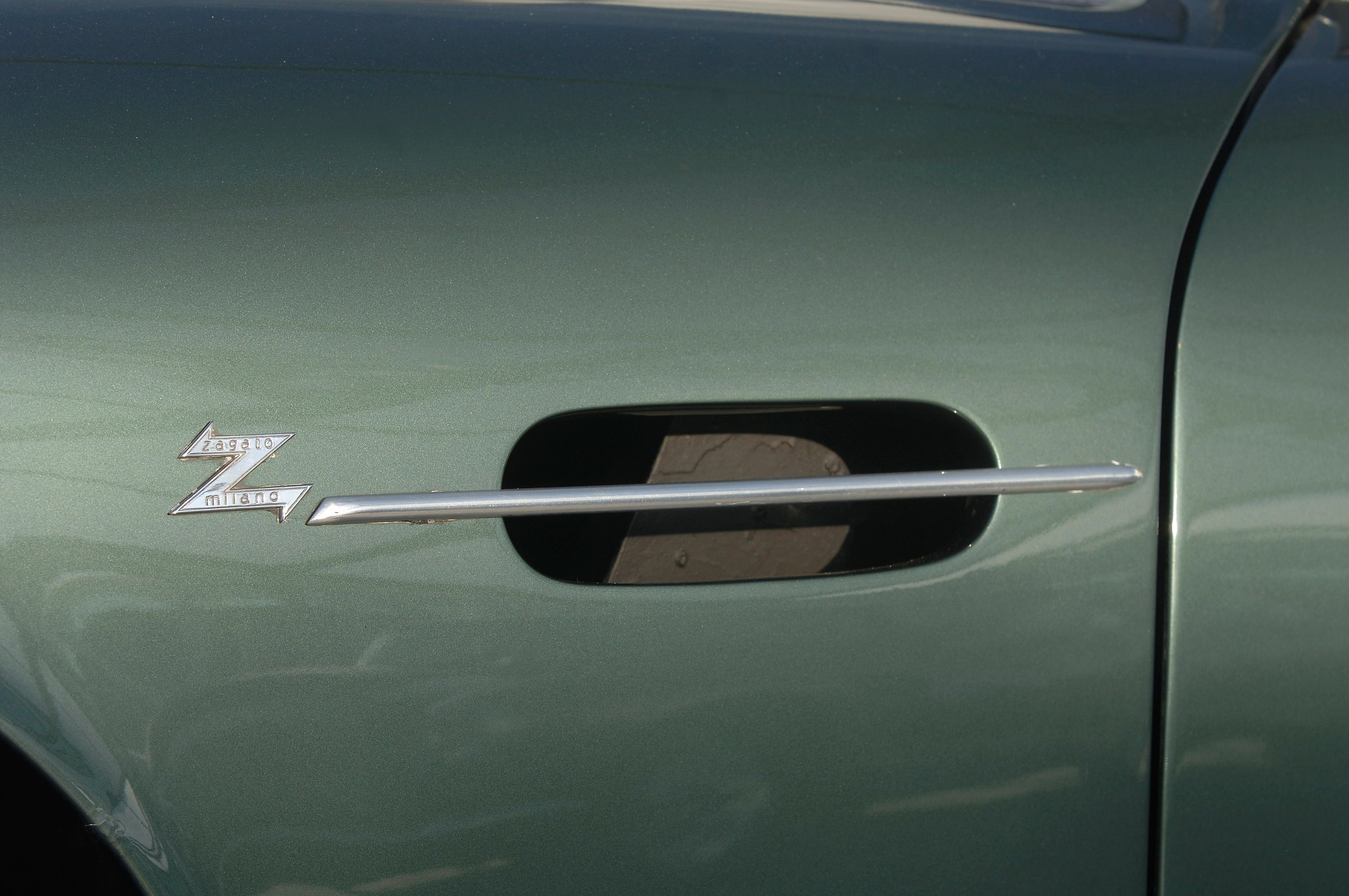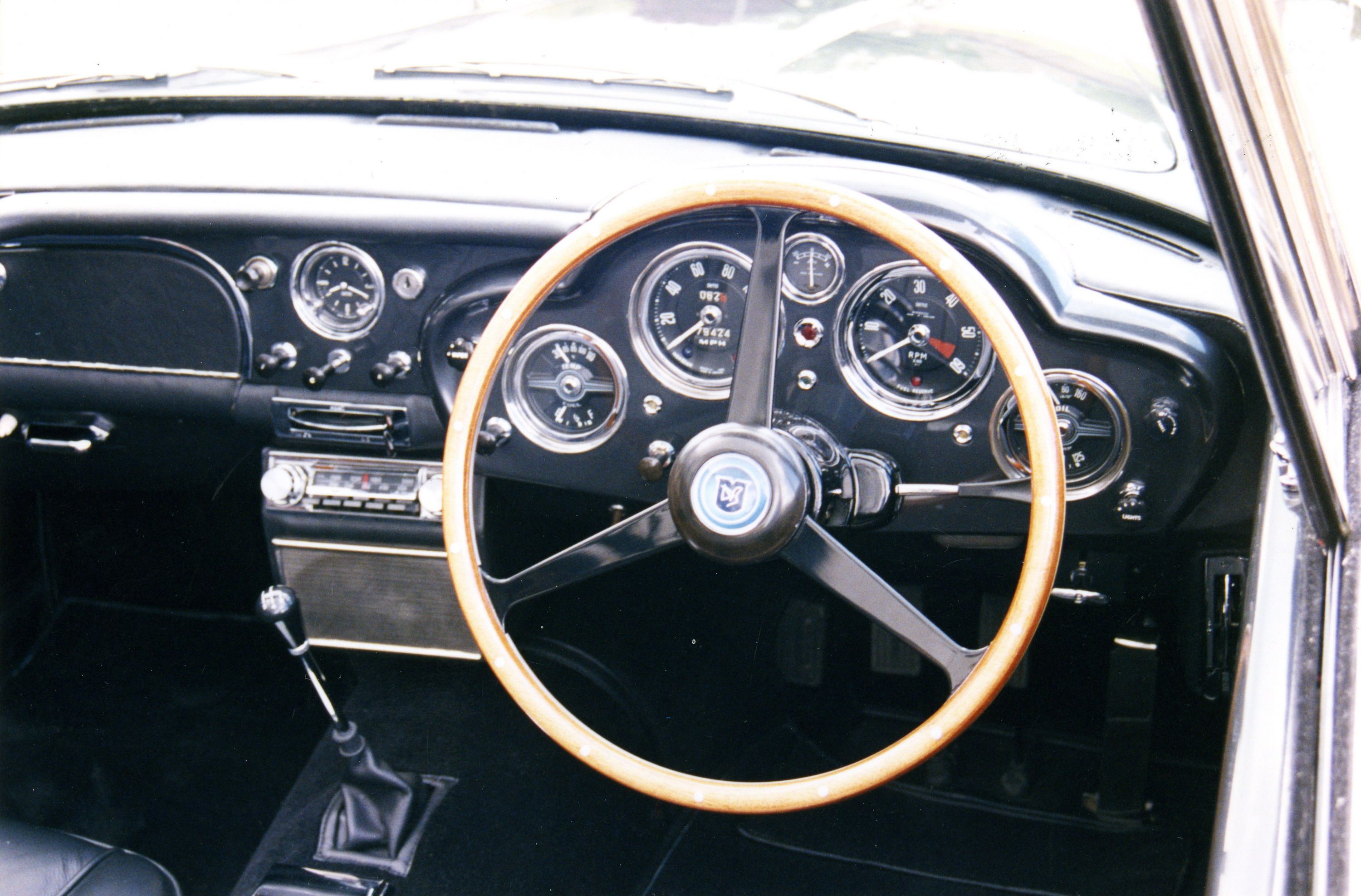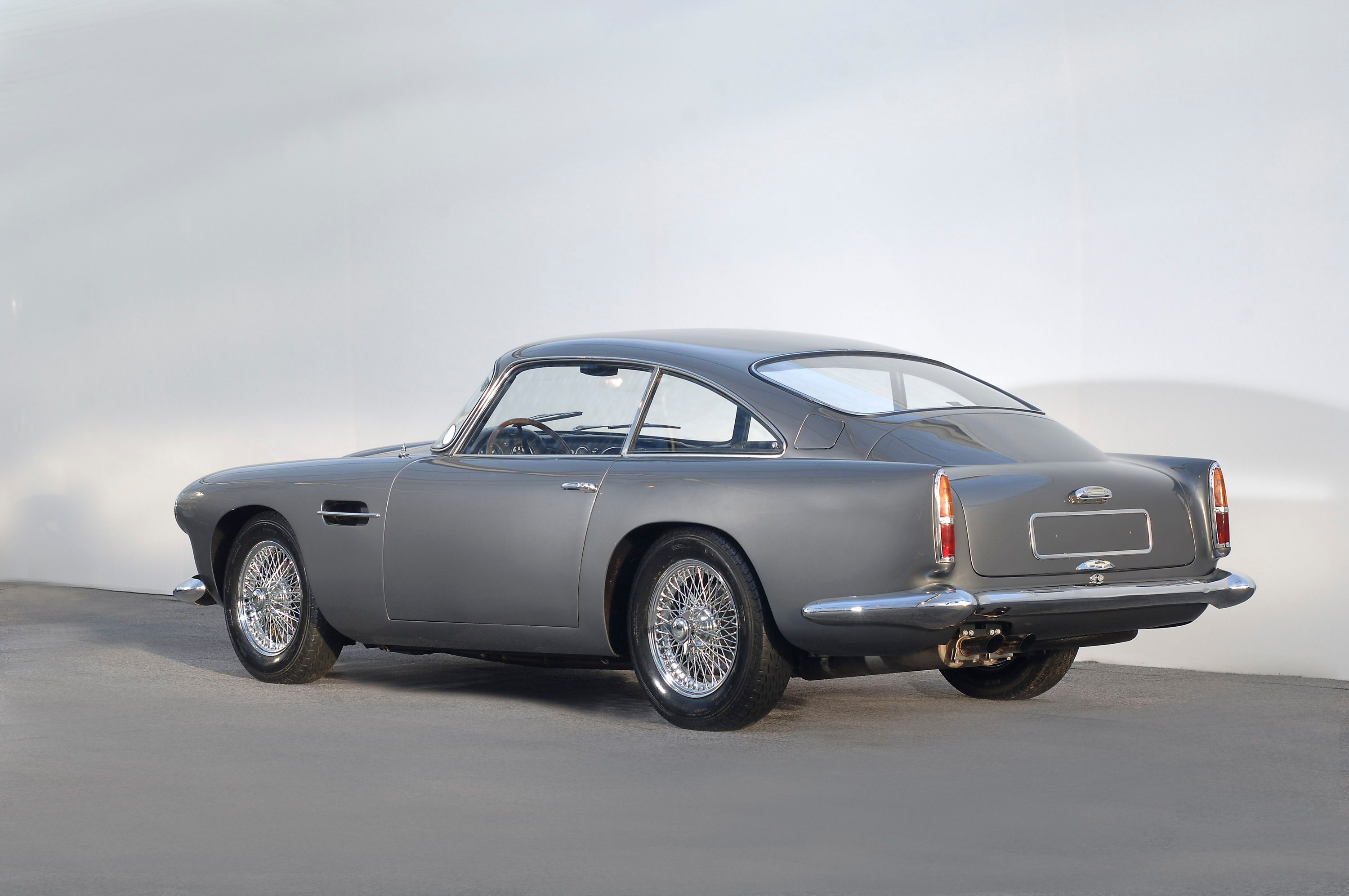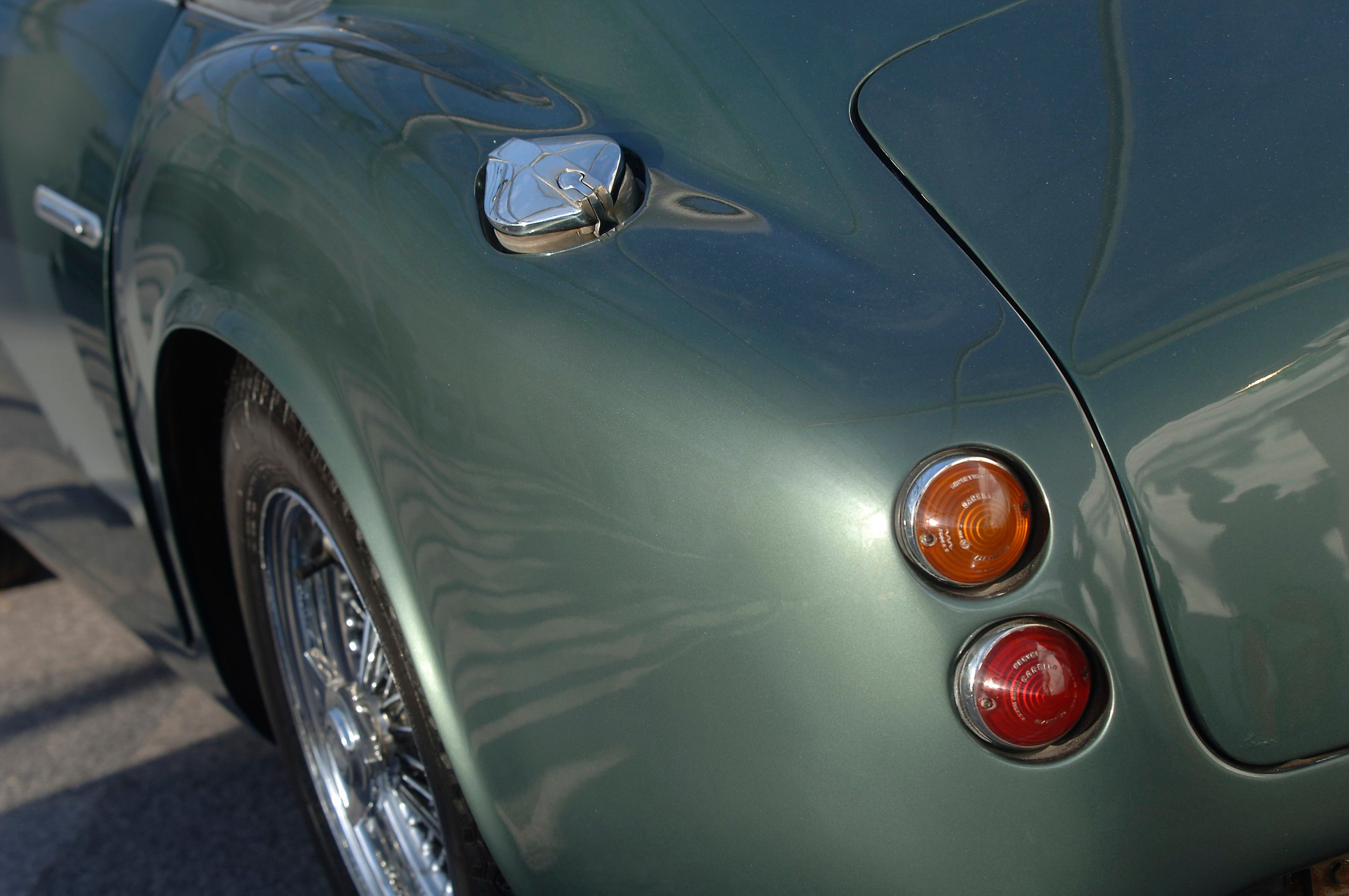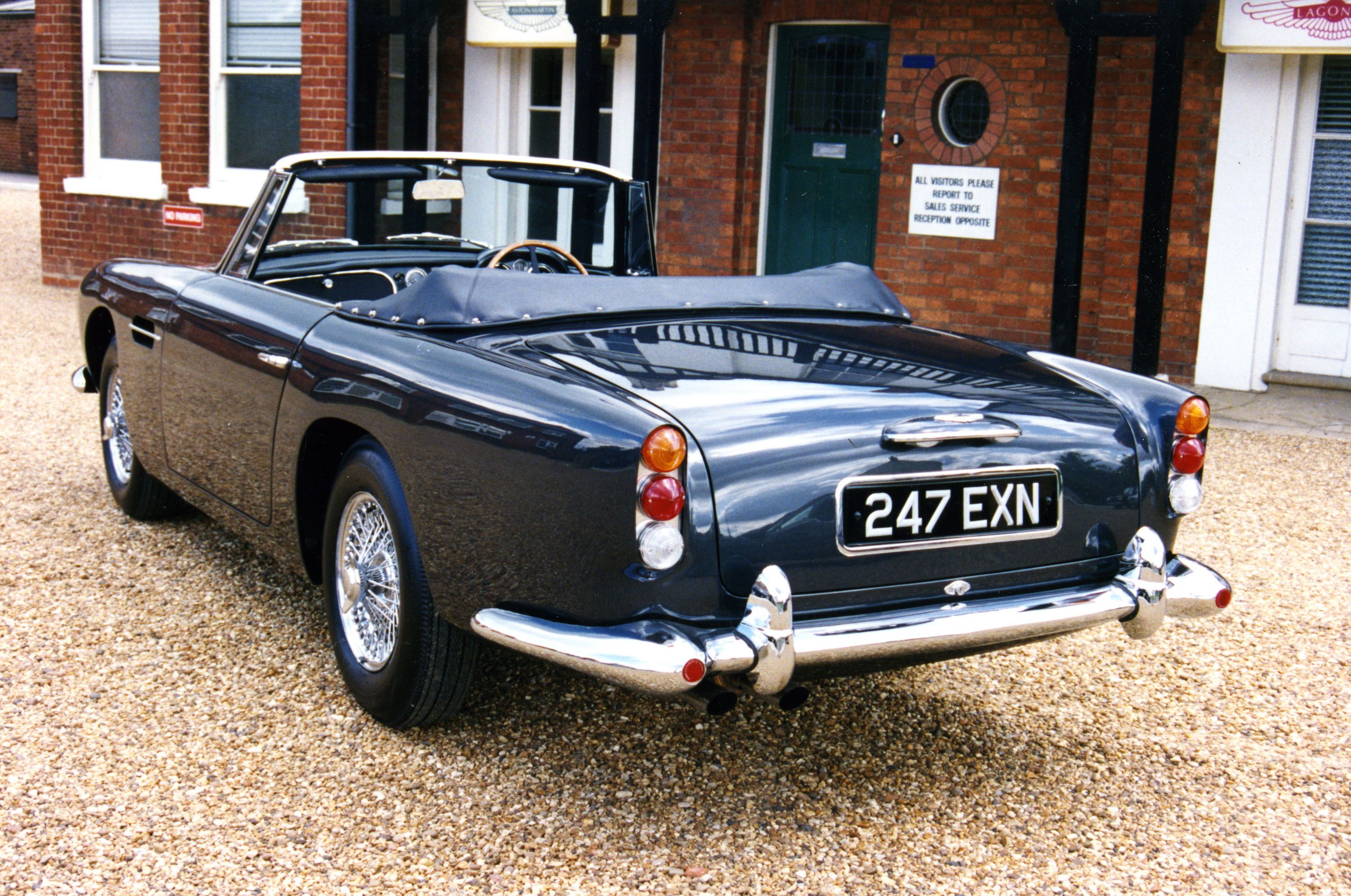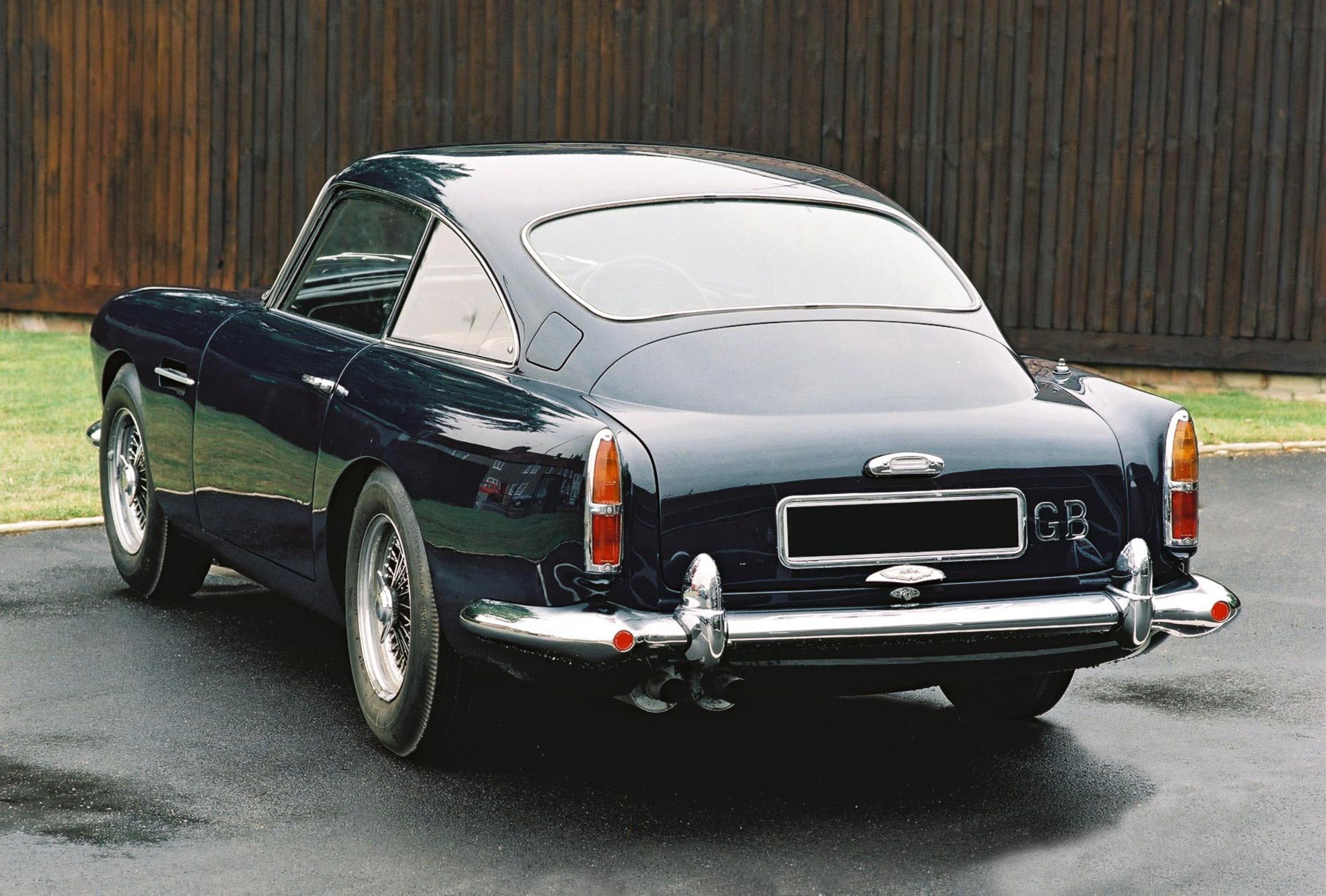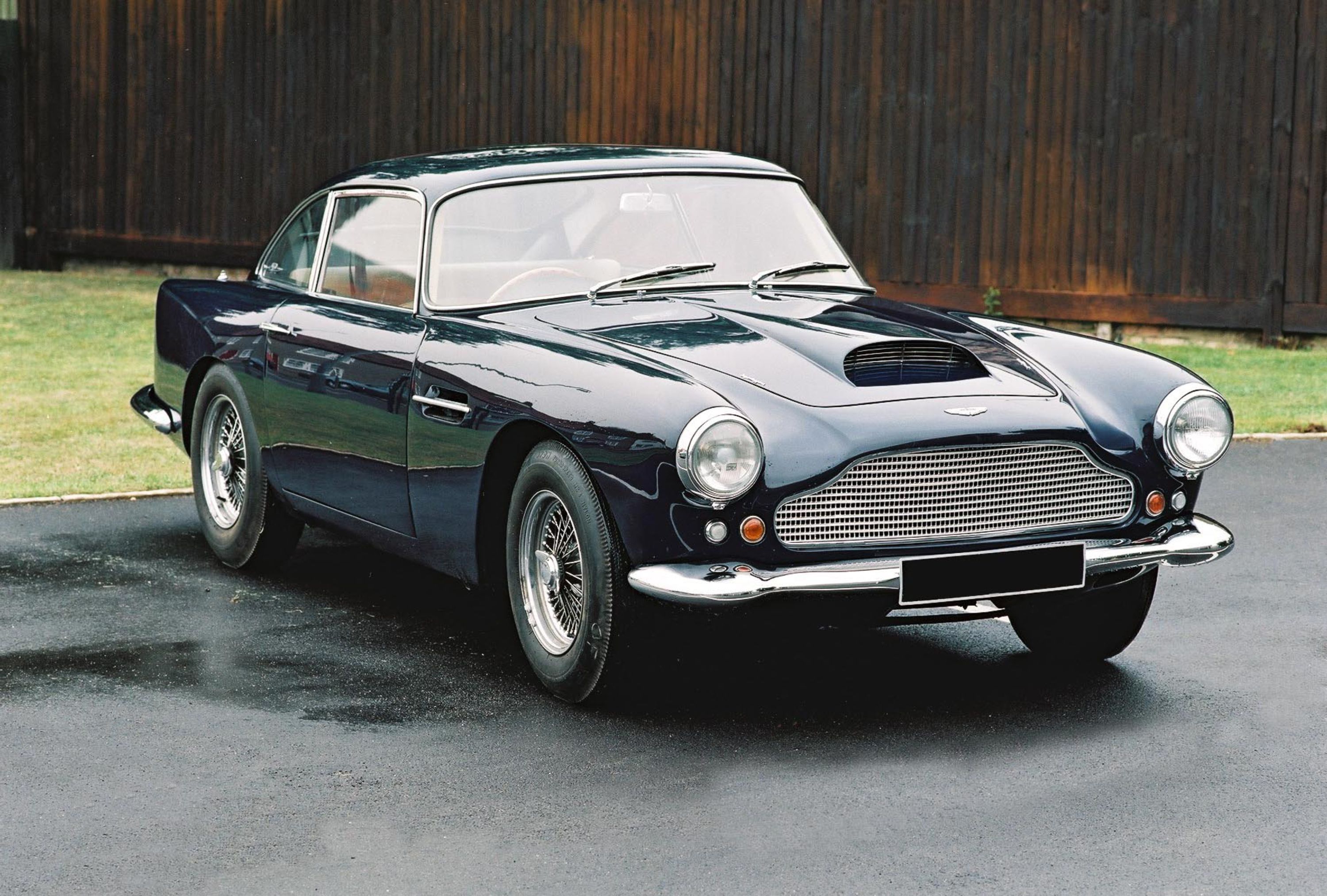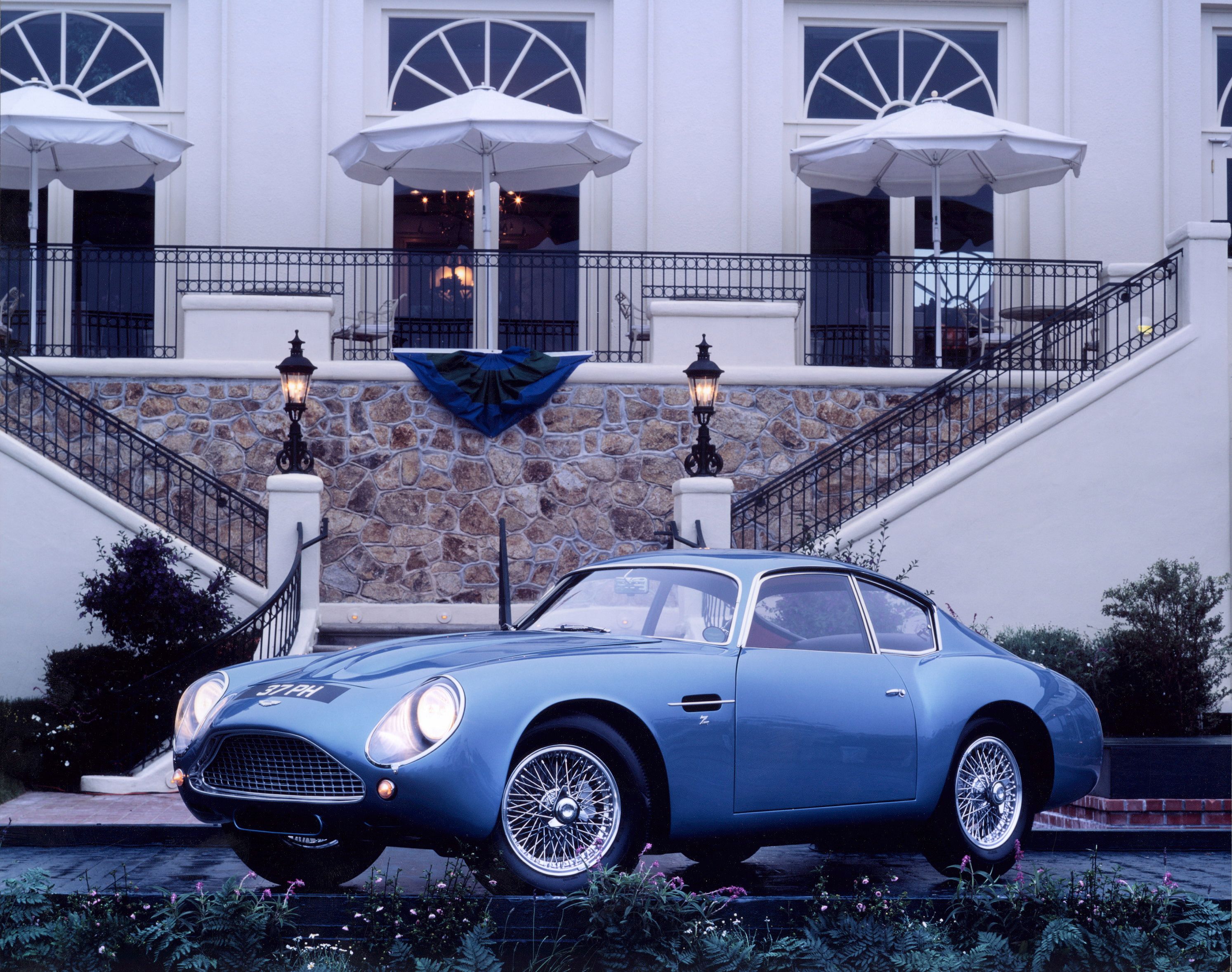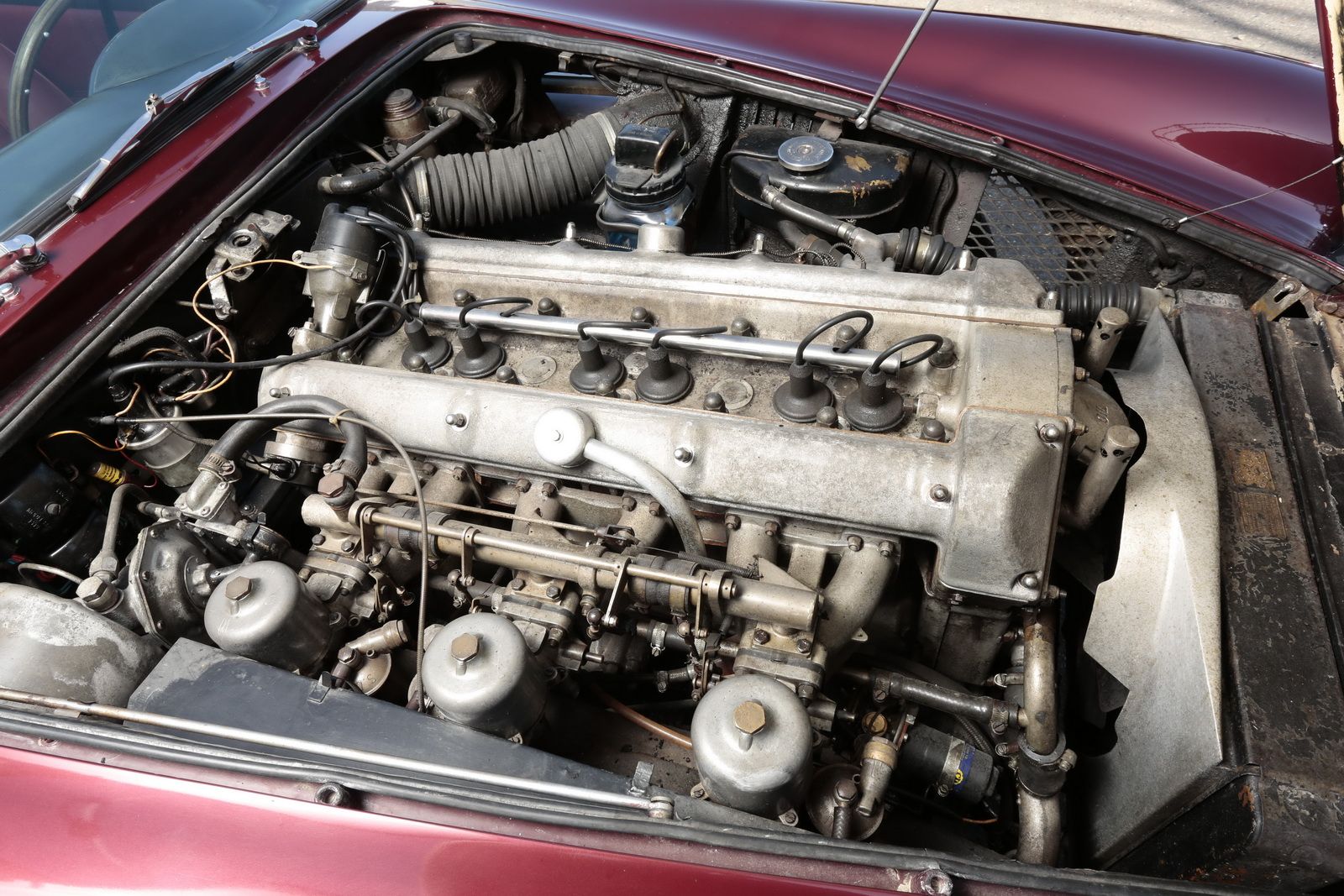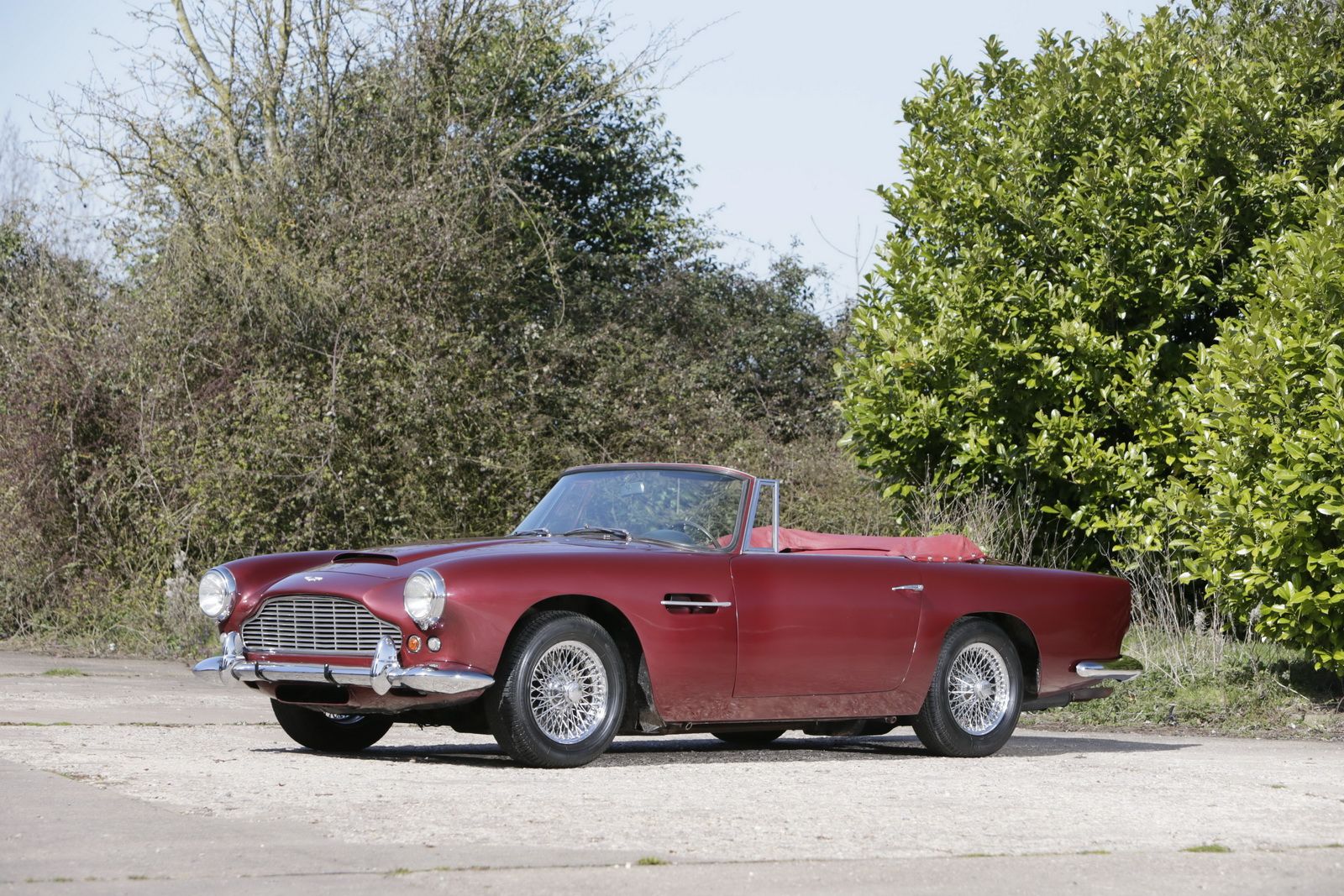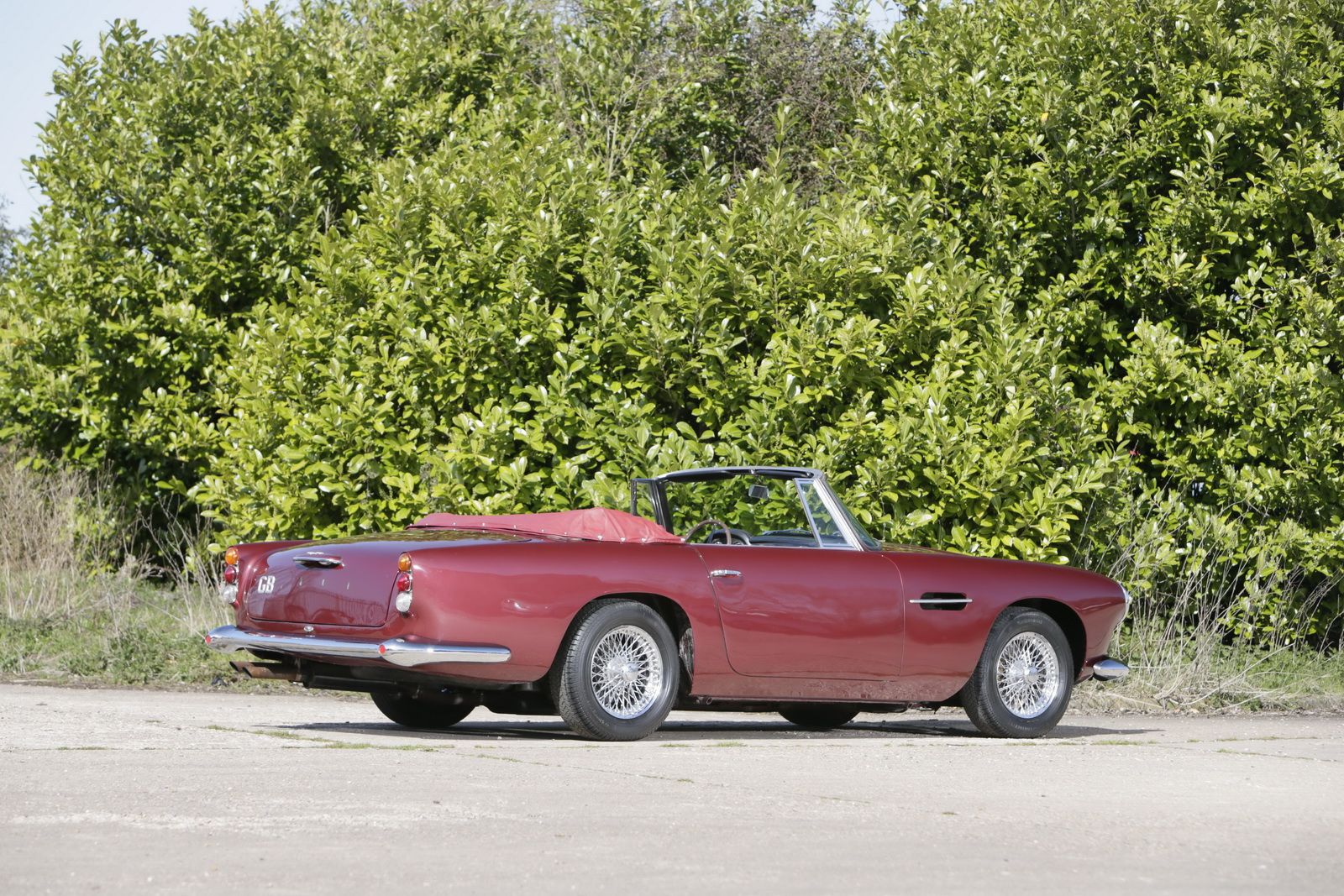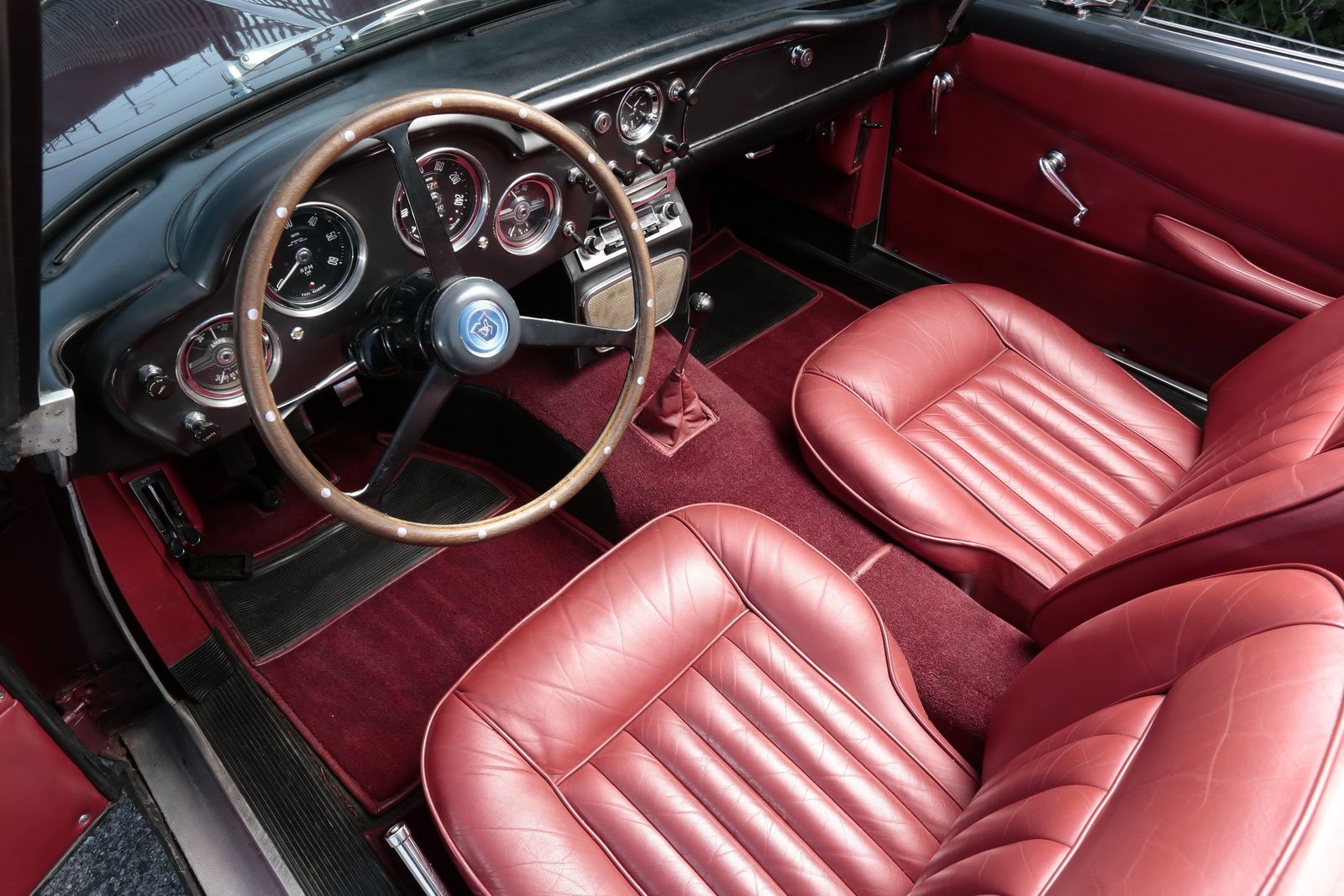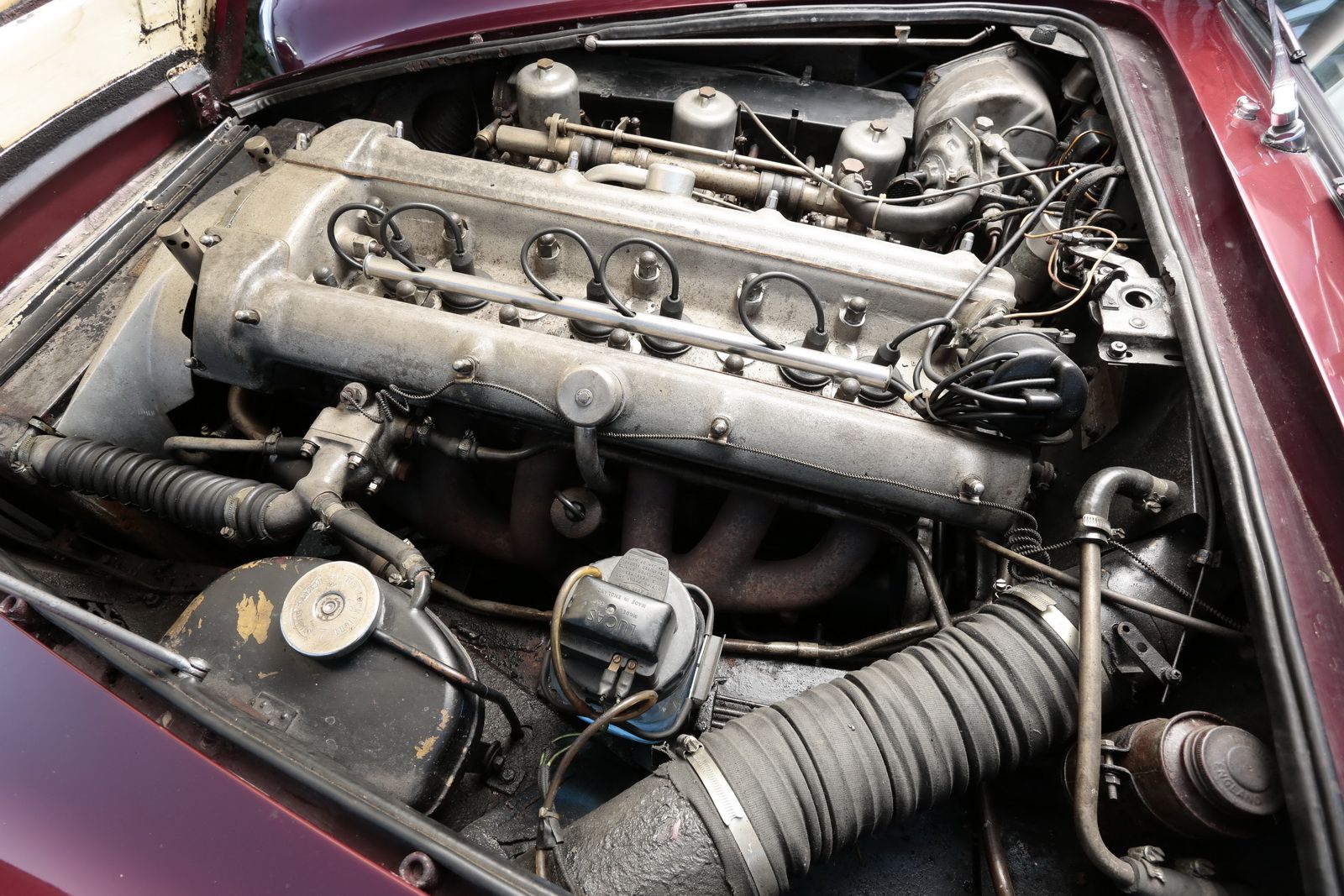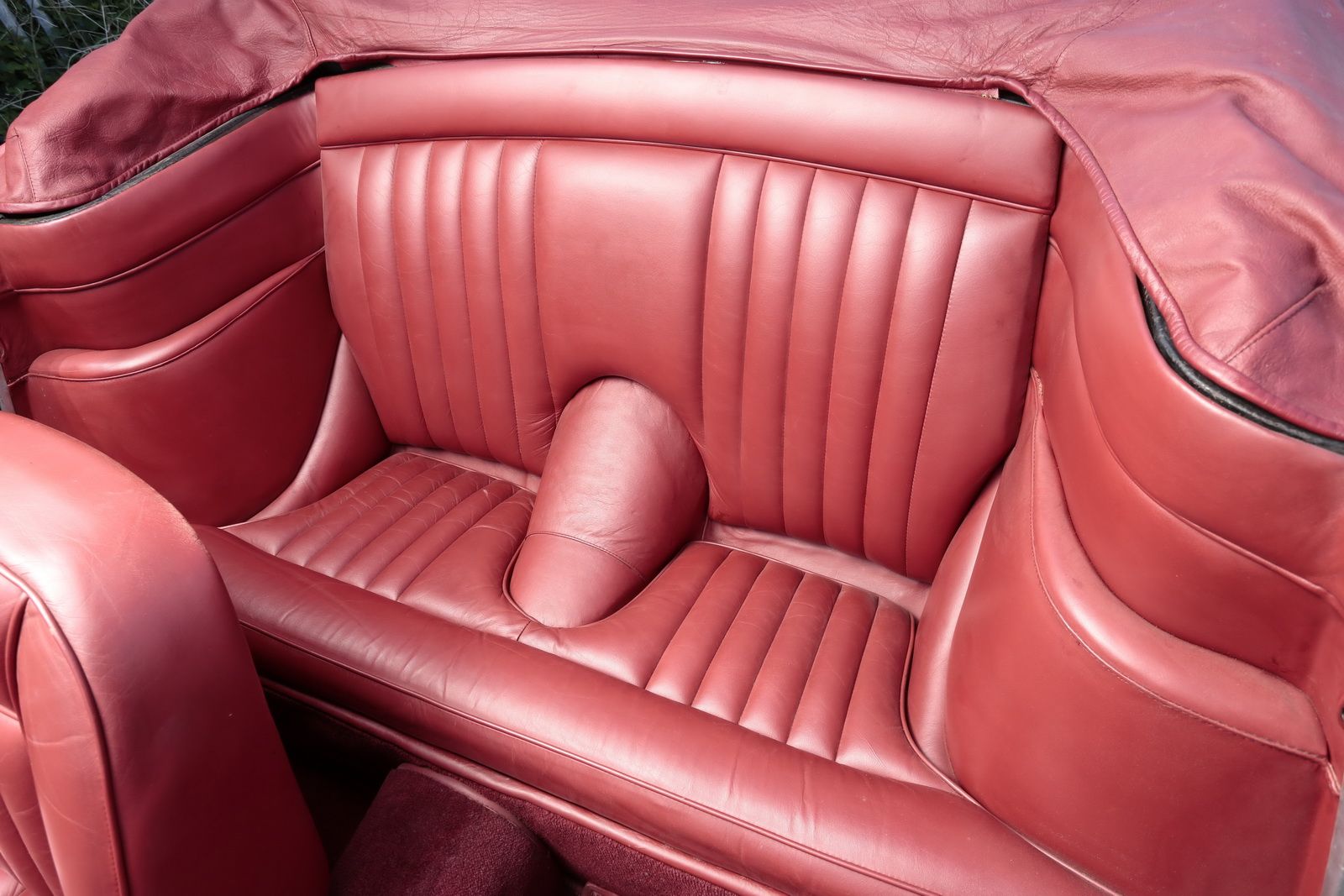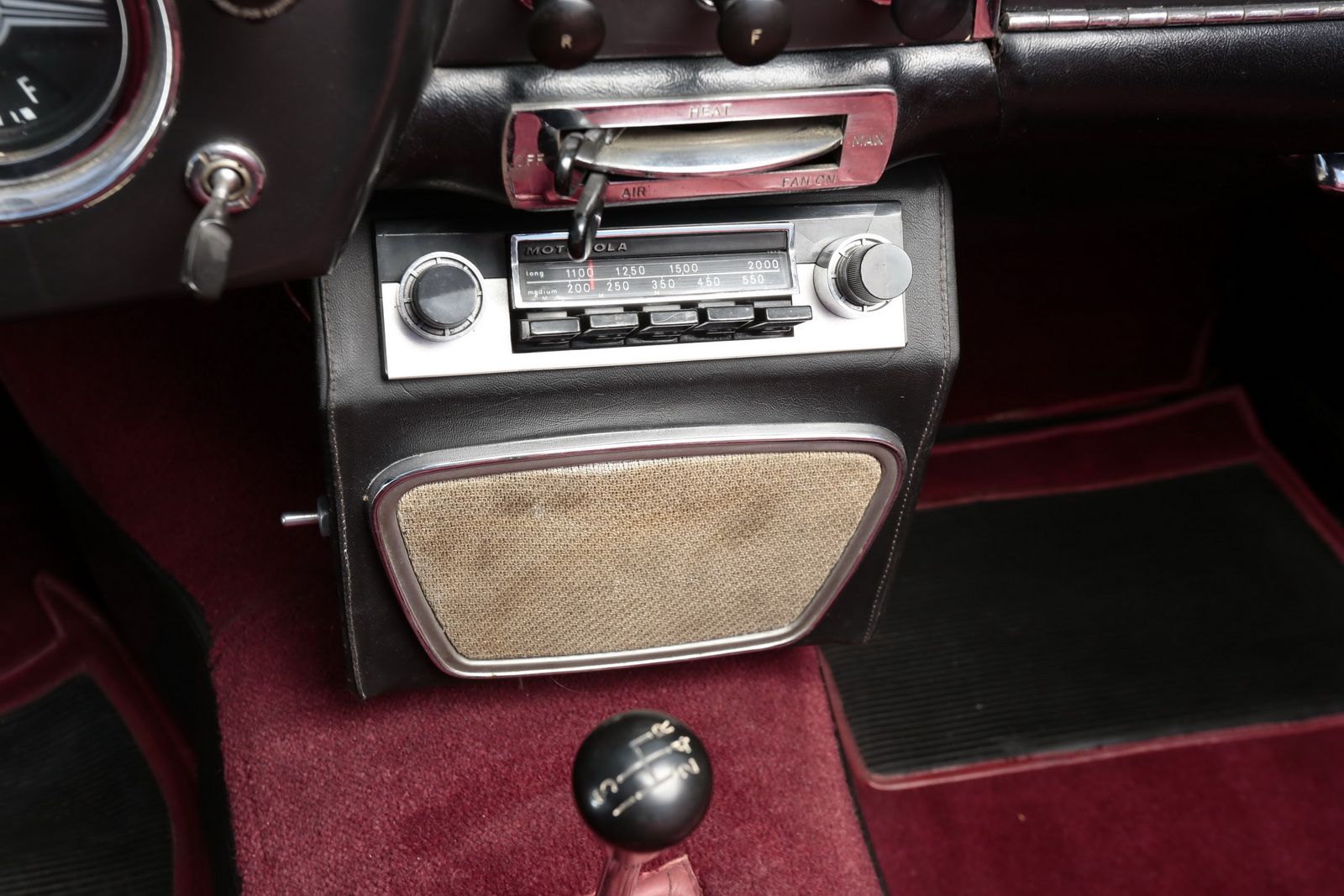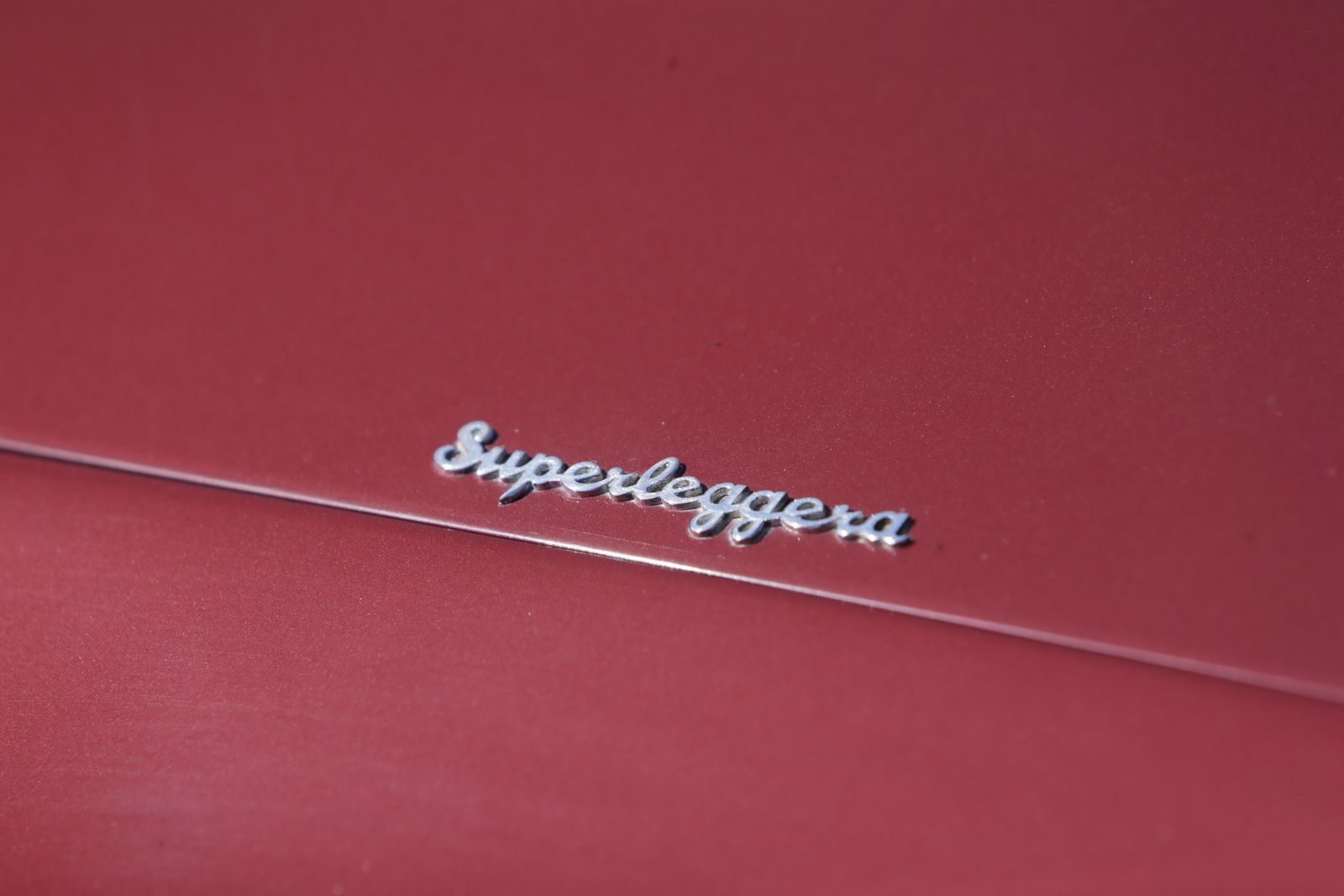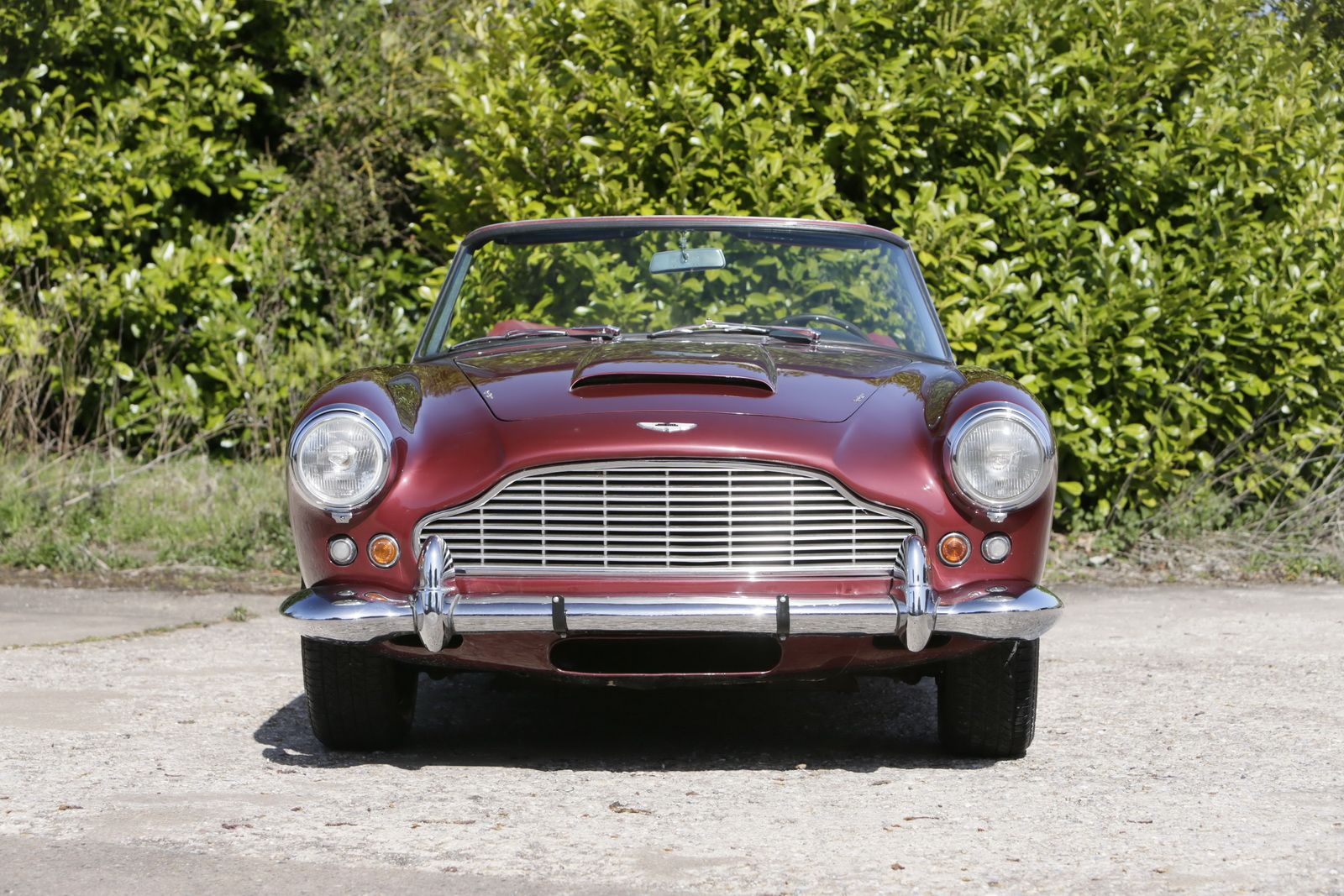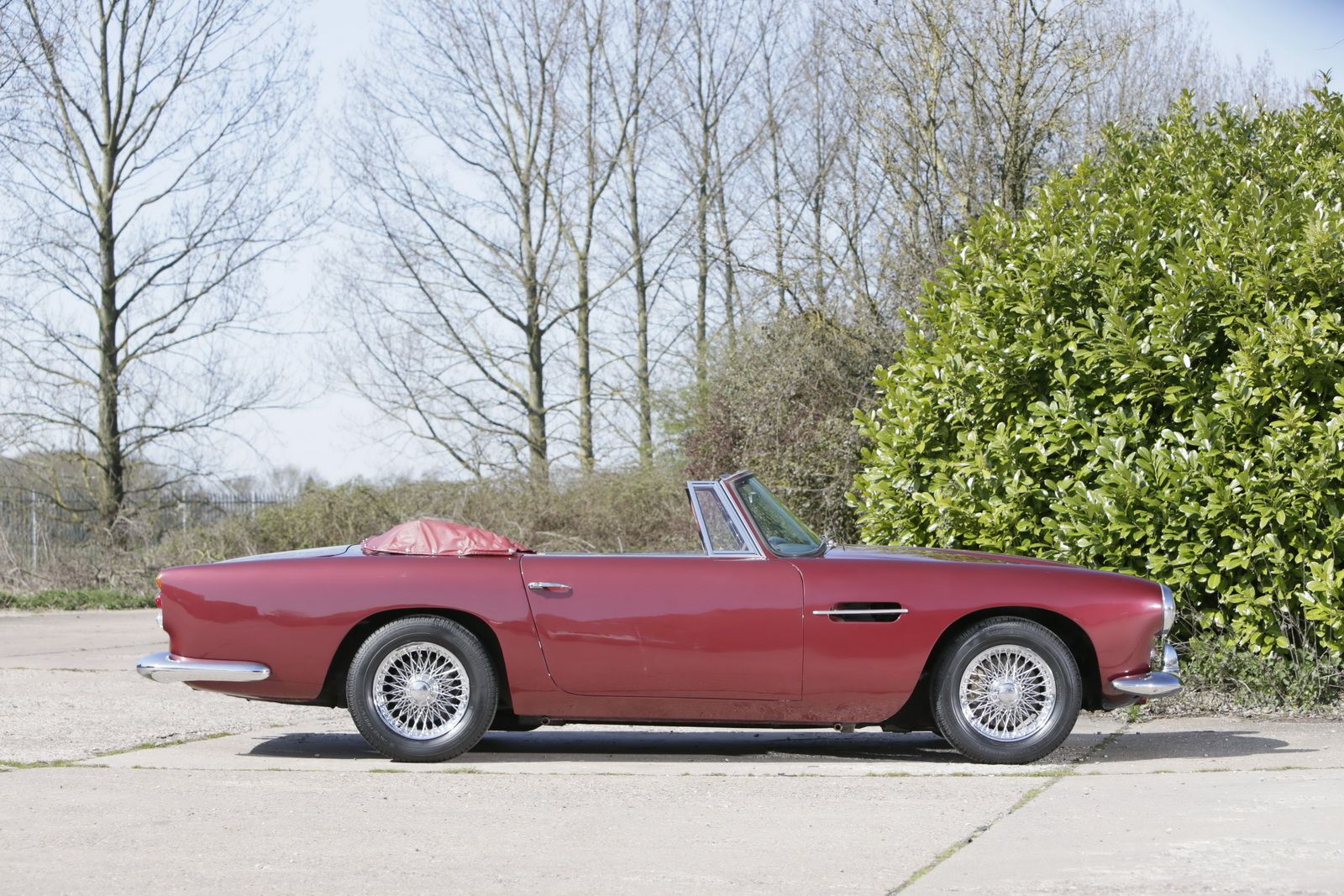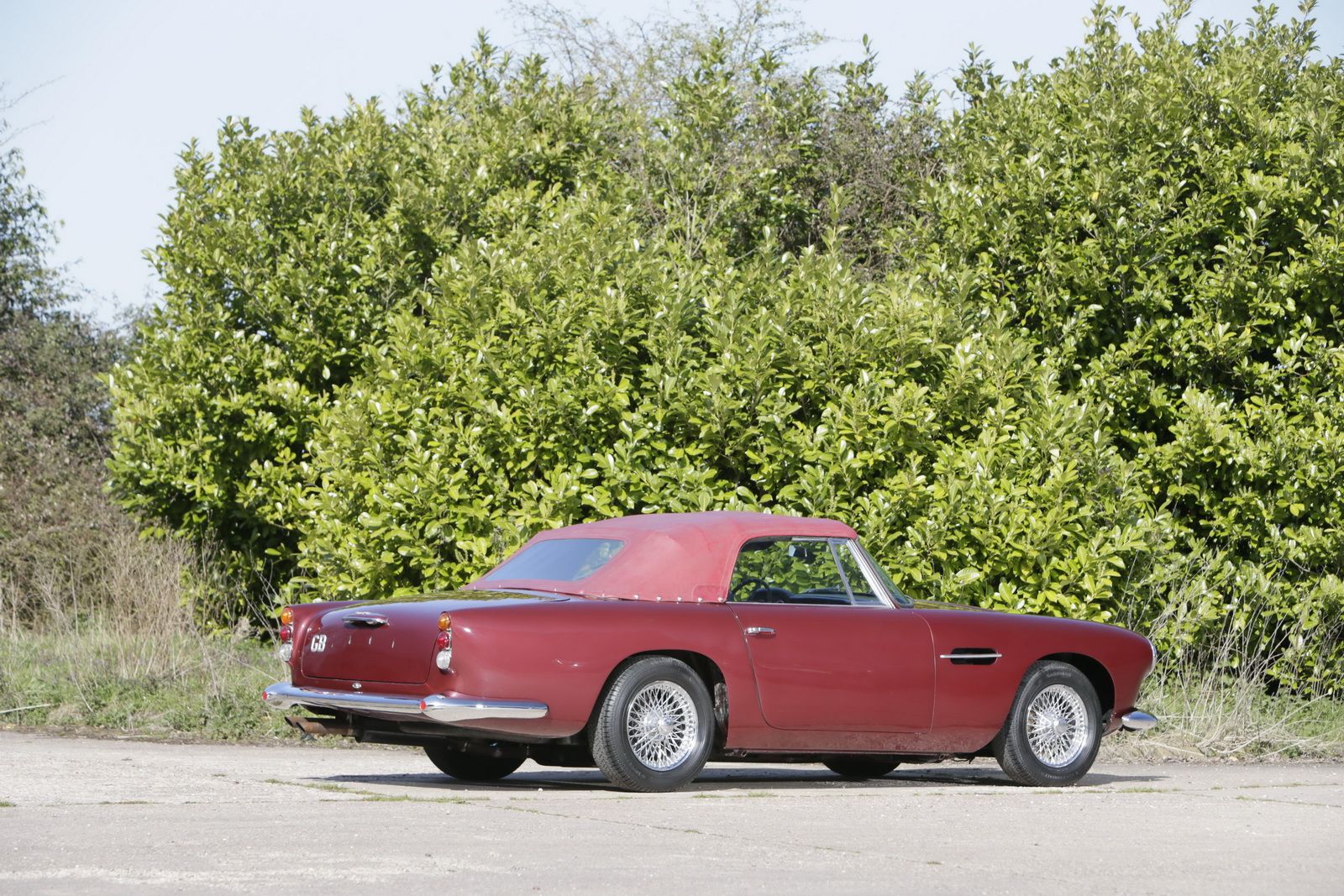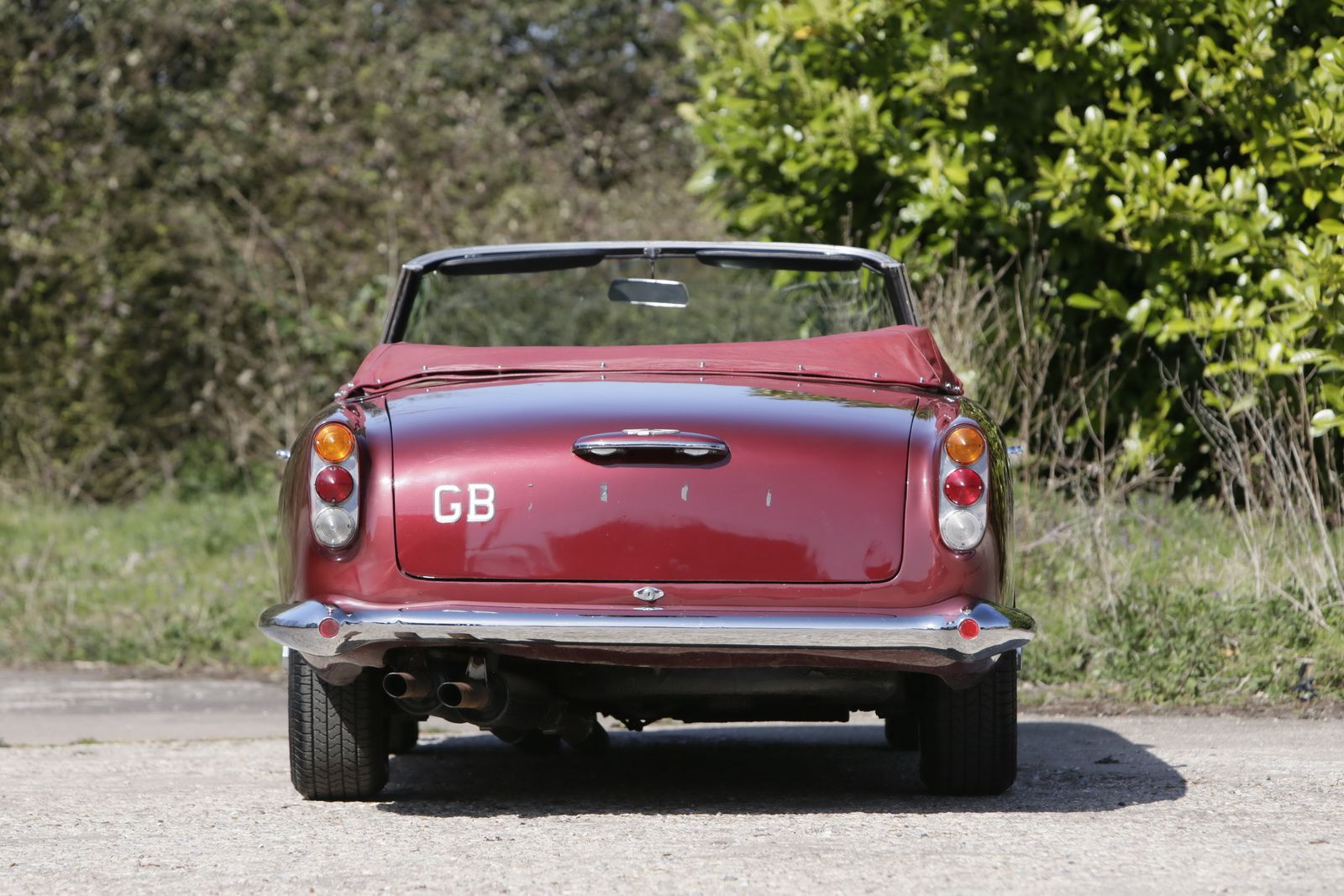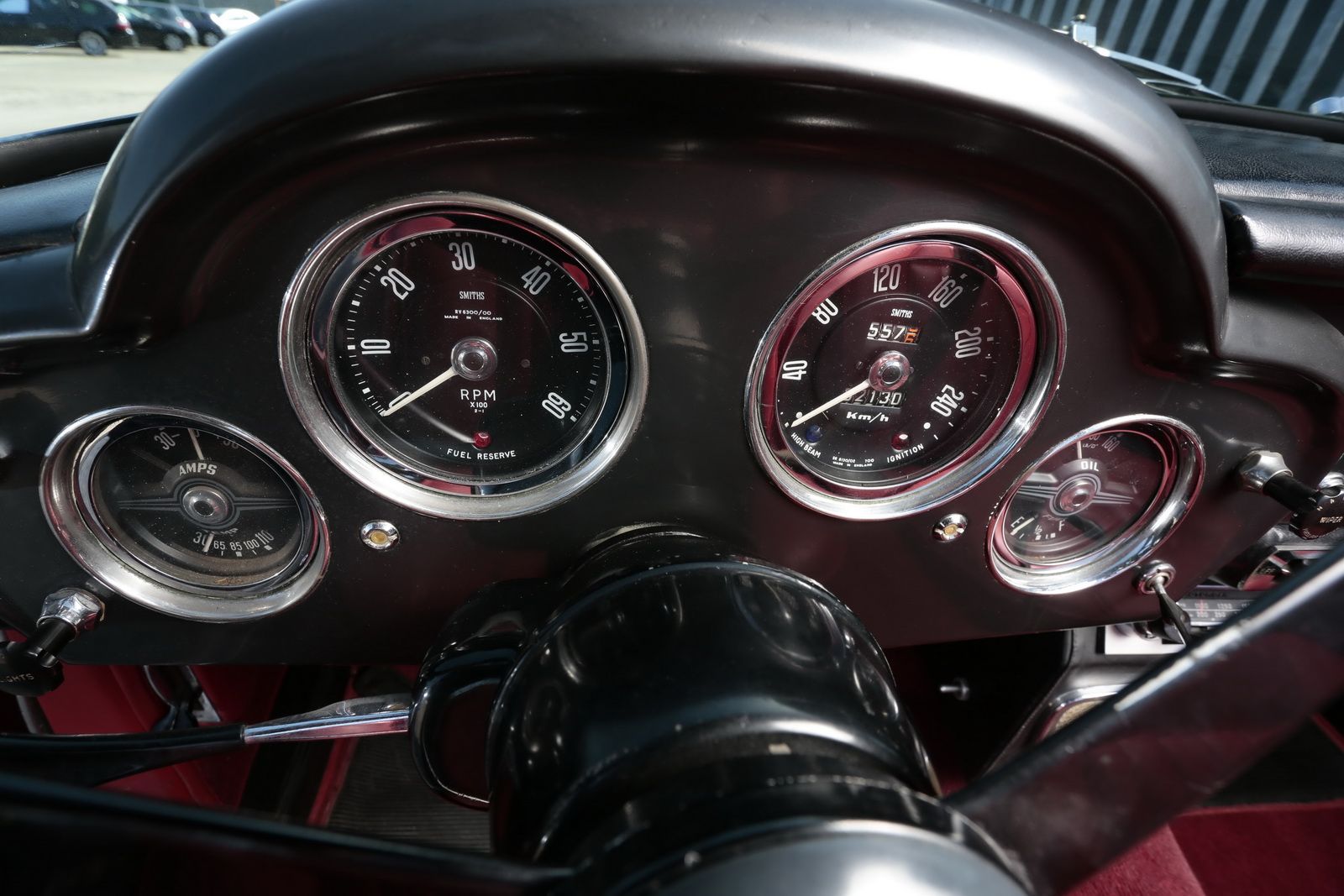Several high-end automakers have recently come to realize that it's good for the brand to have the older cars they've made in good condition and selling for insane amounts of money. The high prices commanded by Ferrari 250s->ke1155 are arguably better for sales than all of that money that they dump into Formula 1->ke190 racing.->ke447 So just as Ferrari->ke252 has Ferrari Classiche, a division of the company devoted to restoration and maintenance of classic Ferraris, Aston Martin->ke13 now has Aston Martin Heritage. And this division has rolled out a special program just for the DB4,->ke3836 the grand tourer built from 1958 to 1963.
The program is extensive, and Aston Martin certificates of authenticity will definitely help give the cars a boost in value. And with a car like the DB4, a good restoration can mean hundreds of thousands of dollars difference in the price it gets when sold. Because although the DB5->ke4744 might be more famous, the DB4 was was a bigger leap forward for the company, and since the cars are equally rare, they tend to sell for equally huge amounts of money.
Continue reading to learn more about the Aston Martin DB4.
aston-martin-db4
- Make: Array
- Model: aston-martin-db4
1958 - 1963 Aston Martin DB4
- Make: Array
- Model: 1958 - 1963 Aston Martin DB4
- Engine/Motor: inline-6
- Horsepower: 240 @ 5000
- Torque: 240 @ 4200
- Transmission: 4-speed manual
- [do not use] Vehicle Model: Array
Exterior
Note: Aston DB4 left image, DB4 GT Zagato right image, DB4 convertible lower image.
The body of the DB4 is its most important feature. Mechanically, the car isn't too vastly different from the DB Mk III that it replaced, and the body is really the only significant difference.
For this, Aston turned to Italy's Carrozzeria Touring coachbuilder. The firm employed its “superleggera” (super light) construction technique, which was adapted from the technique used when the firm built airplanes, to build the DB4's tube frame and aluminum body. The result was a 2,734-pound curb weight, nearly 300 pounds lighter than the DB Mk III that it replaced.
There were a couple of variations on the body that were made over the course of the car's life. One of these was the DB4 GT Zagato, which as the name suggests, is a DB4 GT (the higher-performance version of the DB4) with coachwork by Zagato.->ke3827 Just 25 of the 1,210 units of the DB4 produced received this treatment.
Though the cars lack the distinct Zagato “double bubble” roof (not all Zagatos actually have them), the coachwork is still quite distinct. Aston Martin also made a convertible version of the DB4, although this is surprisingly rare for a factory drop top, with just 70 units produced. This is largely due to the fact that the option wasn't introduced until 1962, the penultimate year of DB4 production.
Exterior Dimensions
|
Length |
4,480 MM (176.37 Inches) |
|
Width |
1,676 MM (65.98 Inches) |
|
Height |
1,321 MM (52.00 Inches) |
|
Weight |
1,308 kg (2883 LBS) |
Interior
The DB4 interior doesn't contain a lot of surprises, but this isn't a bad thing. The car was pretty pricey when new, and it contains the high quality materials and craftsmanship that you would expect of a late 50s/early 60s European GT car. The back seat is something of a joke, and not every version of the car even has one, but this is again not exactly unexpected. Some have found the 16-inch wood-rimmed steering wheel to be a bit too big, and for those people, Aston Martin Heritage offers a scaled-down version, the same in every way, just smaller, at 15 inches.
Drivetrain
Though the body might have been a more radical departure from the DB Mk III, the engine is quite significant as well.
It is also an inline-six, but while the DB Mk III was still using the old Bentley-designed->ke15 Lagonda engine, the DB4 got a new twin-cam 3.7-liter unit that made 240 horsepower, versus the old car's 162. Four-wheel disc brakes were also used, contributing to the DB4 being quite technologically advanced for 1958.
For the DB4 GT, a new cylinder head was used to increase compression and incorporate twin spark plugs. Triple Weber carburetors were used as well, and power was boosted to 302 horsepower, further tweaked up to 314 horsepower for the Zagato version of the car.
Thinner metal was used for the GT bodywork to save weight, the wheelbase was shortened and the back seat was eliminated. It made for what was obviously a noticeably faster version of the car.
Drivetrain Specifications
|
DB4 |
DB4 GT |
DB4 GT Zagato |
|
|
Engine |
DOHC Straight six |
DOHC Straight six |
DOHC Straight six |
|
Displacement |
3670 cc |
3670 cc |
3670 cc |
|
Output |
240 HP @ 5,000 RPM |
302 HP @ 6,000 RPM |
314 HP @ 6,600 RPM |
|
Torque |
240 LB-FT @ 4,200 RPM |
240 LB-FT @ 5,000 RPM |
240 LB-FT @ 5,000 RPM |
|
Transmission |
4-speed manual with optional overdrive or optional Borg-Warner 3-speed automatic |
4-speed manual DB |
4-speed manual DB |
|
0-60 mph |
9 seconds |
6.1 seconds |
6.1 seconds |
|
Top Speed |
140 MPH |
153 MPH |
153 MPH |
Prices
There is an obvious correlation to how rare a given version of the DB4 is and how much it's worth. With only 1,210 units being produced in total, they are all fairly rare, but some obviously more than others. For a “regular” DB4 Coupe you could currently expect to pay no less than about $600,000 for an unrestored but mechanically sound example. For a really well-preserved/restored, numbers-matching version of the coupe, the price could easily be upwards of $1 million. Other versions will cost you more, with the DB4 GT Zagato pushing the price all of the way up to about $2 million, assuming you're lucky enough to find one.
Price At Launch
|
Model |
Price |
|
DB4 Coupe |
£ 3,976 |
|
DB4 Convertible |
£ 4,194 |
|
DB4 GT |
£ 4,194 |
|
DB4 GT Zagato |
£ 5,470 |
Competition
Ferrari 250 GT/E
It would be impossible not to compare the DB4 to some kind of Ferrari 250. With the Italian body on the Aston, this was the car it looked to compete with. The GT/E isn't as famous as some other variants, but it was the most similar to the DB4. Like the Aston, it was a 2+2, which most 250s were not, and Ferrari made about 1,000 units of the GT/E, making it reasonably close in terms of rarity. But even though it boasts that rather excellent 3.0-liter Colombo V12, the GT/E tends not to go for quite as much money as the DB4, and you can get one in very good condition for the price of an unrestored DB4.
Read our full review here.
Mercedes-Benz 300SL
Though it was built according to a somewhat different philosophy, the 300SL cost roughly the same as a DB4 coupe when new. And in today's classic market, there is some overlap in the price ranges, with some of the more expensive DB4s going for about what a cheaper 300SL in good condition goes for. But Mercedes-Benz->ke187 built about three times as many units of the 300SL, so they aren't as difficult to find. The car is worth more simply because it is generally considered to be the first supercar,->ke177 and it was the fastest production car in the world at the time.
Read our full review here.
Conclusion
There is always a concern when buying a classic car,->ke503 especially a particularly rare one, that it will be a nightmare to find anyone to work on it who has the vaguest idea of what they're doing. With Aston Martin's new Heritage program, this fear should be at least somewhat alleviated. And the DB4 is a magnificent car as well, a good way to have close to everything you love about the DB5 but without the inflated prices that come with an association with James Bond.

